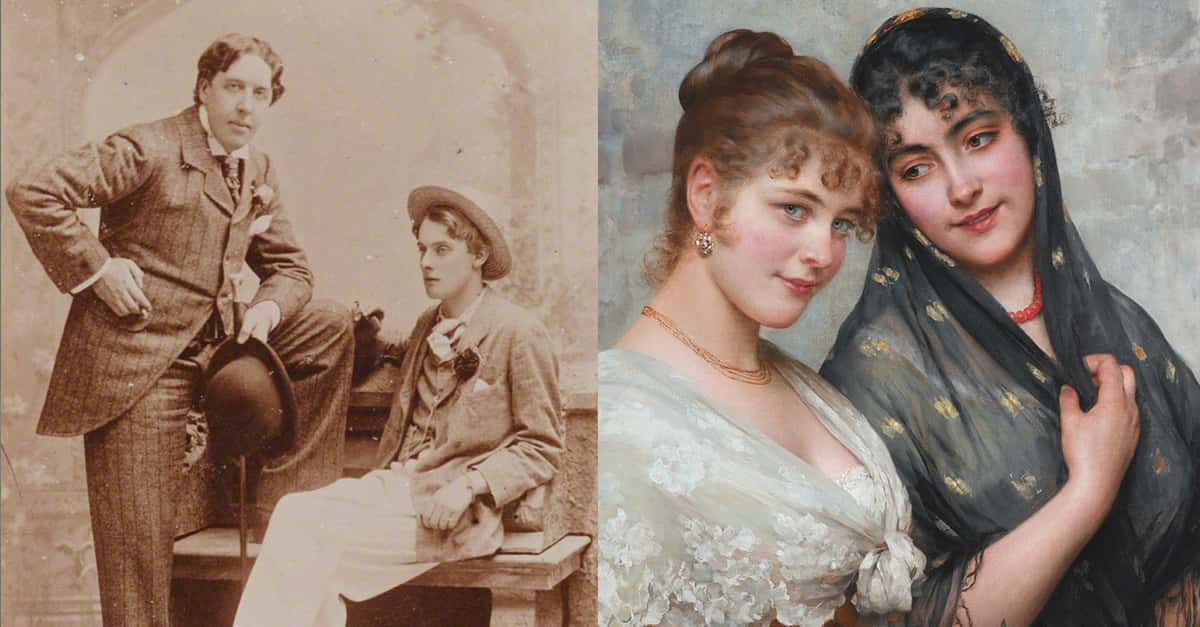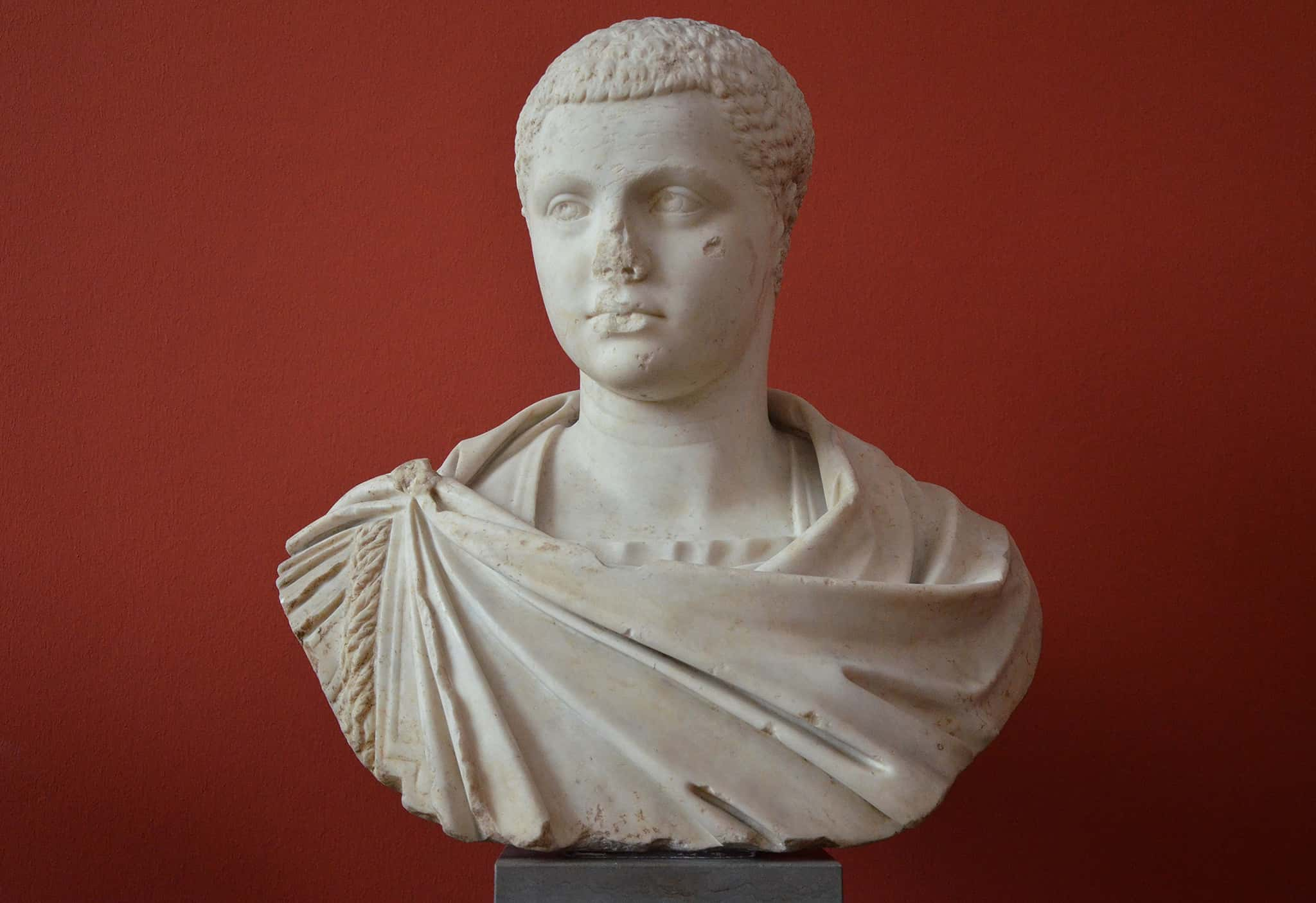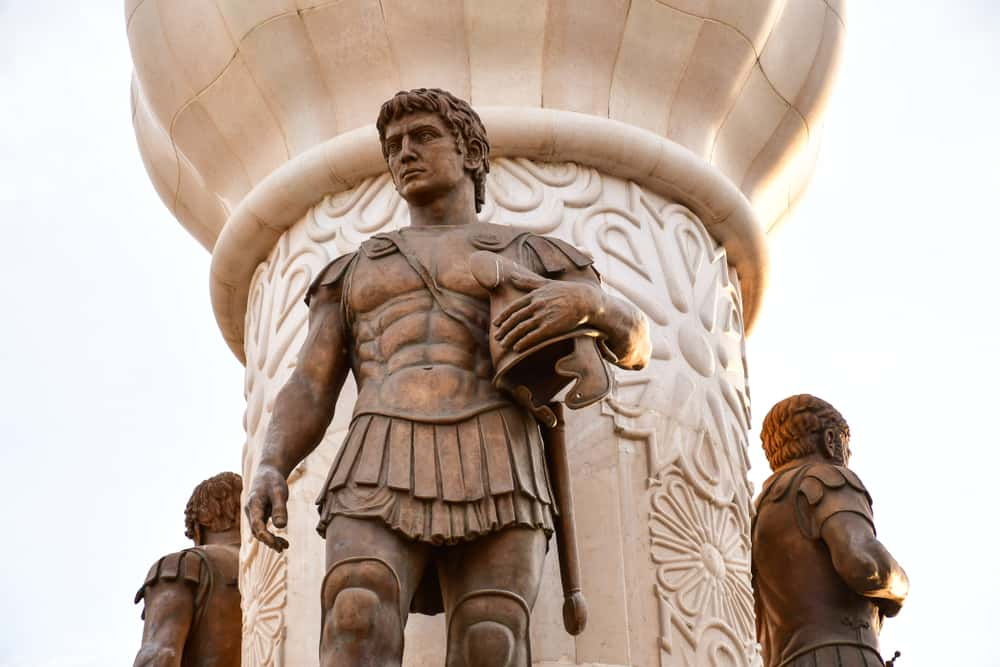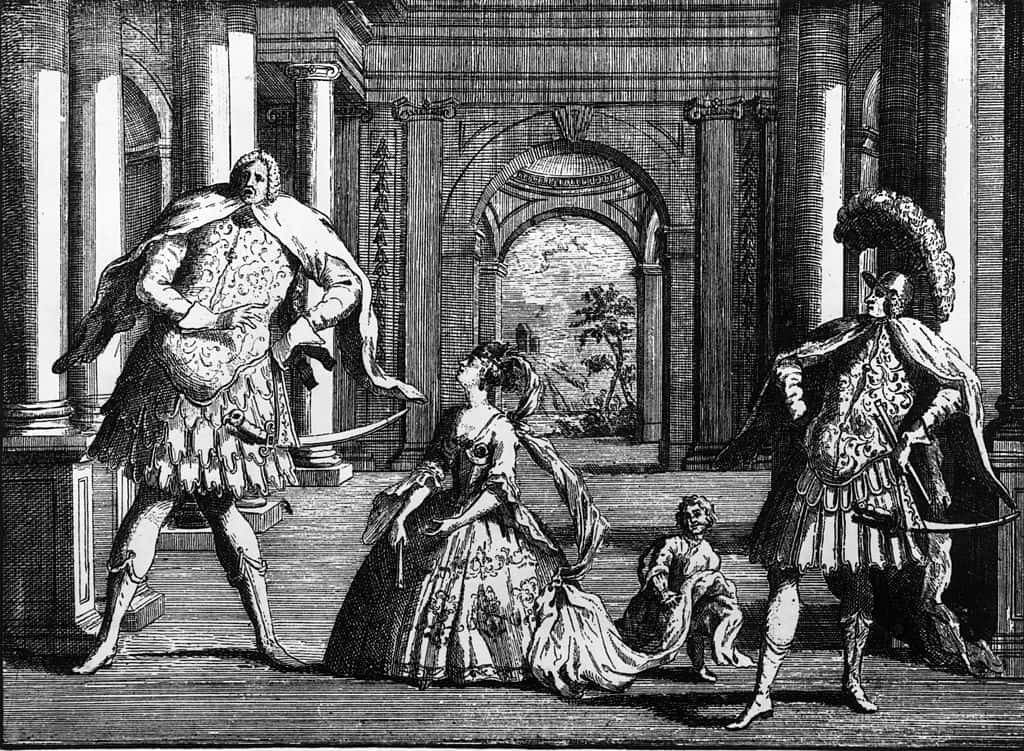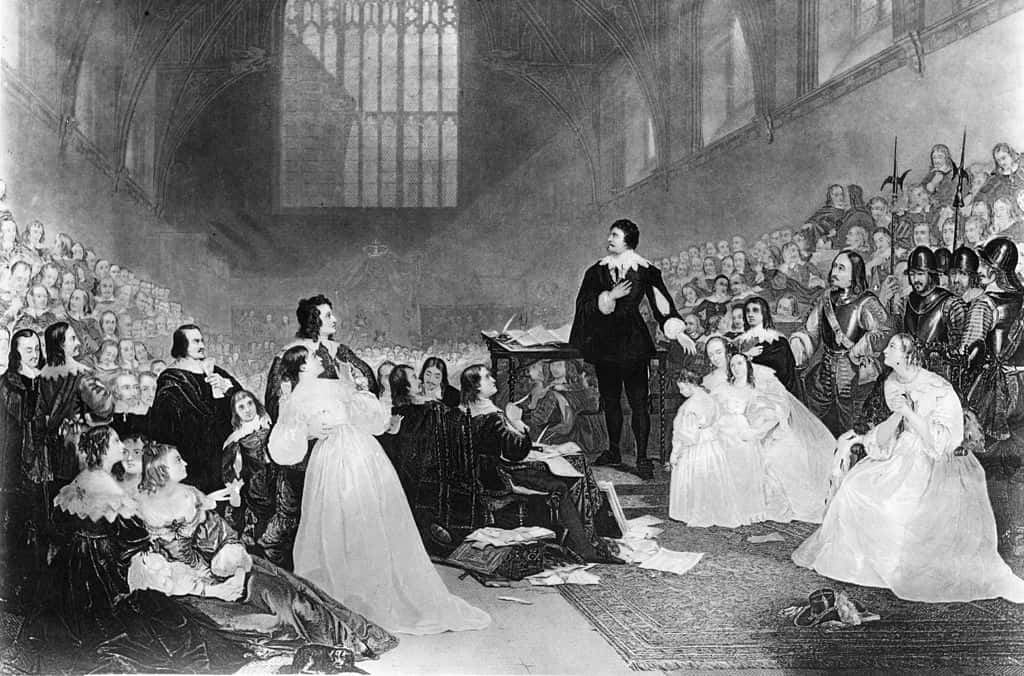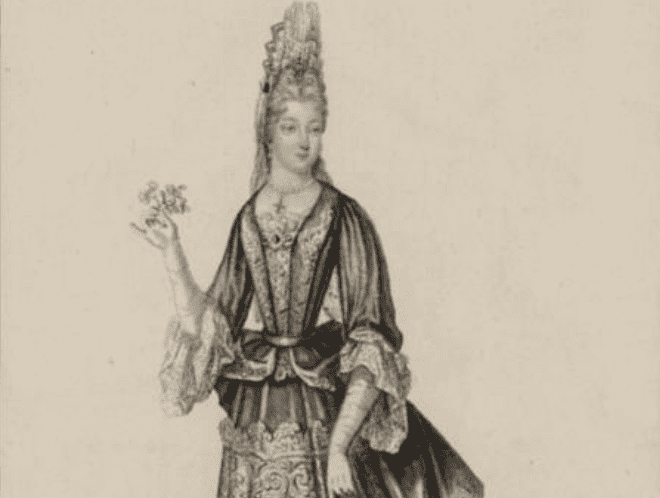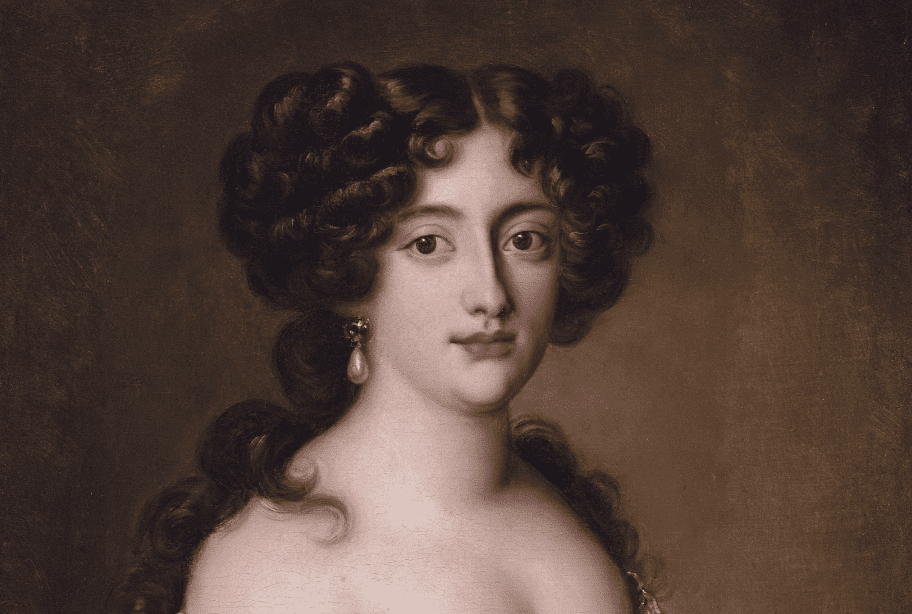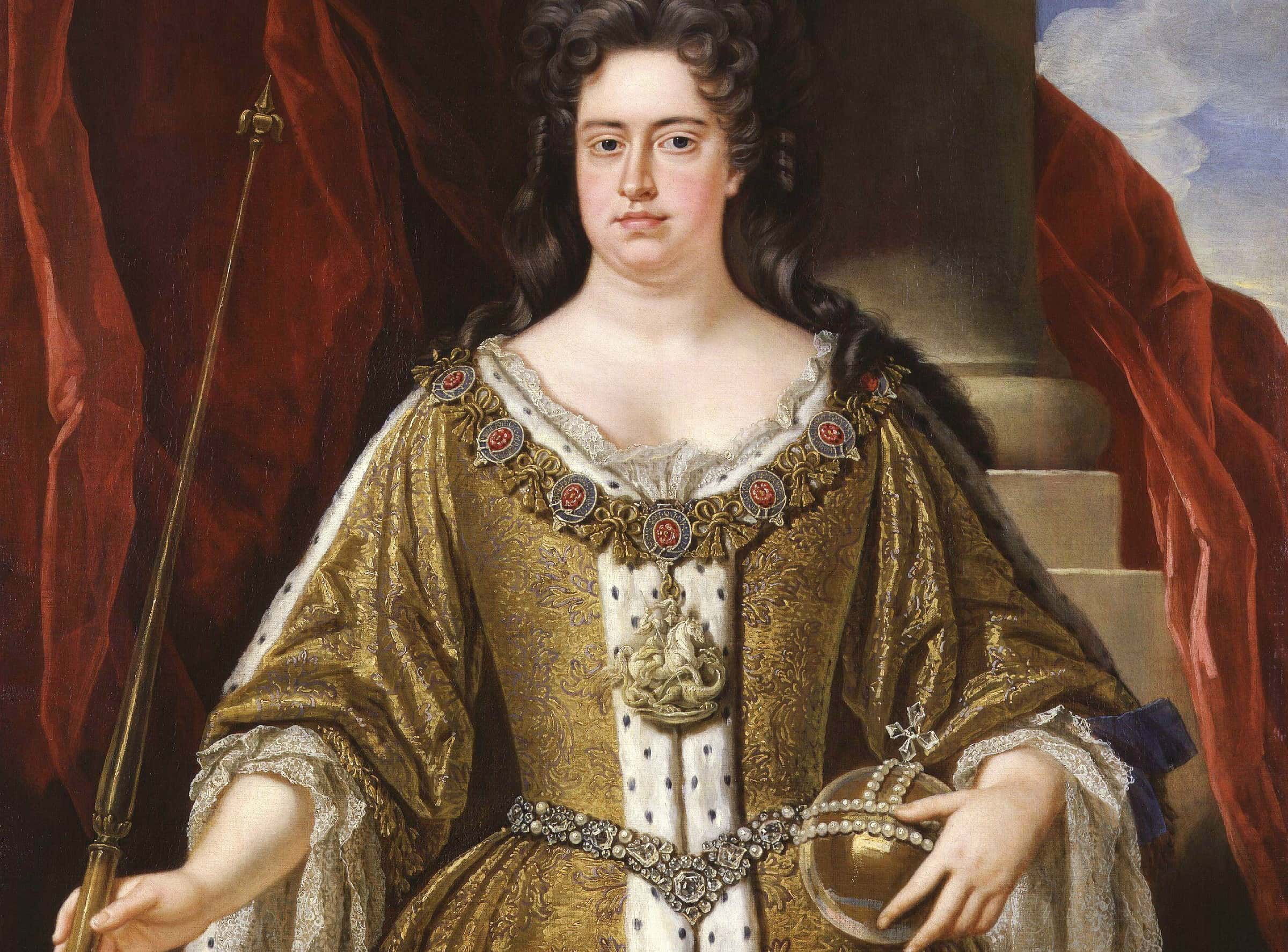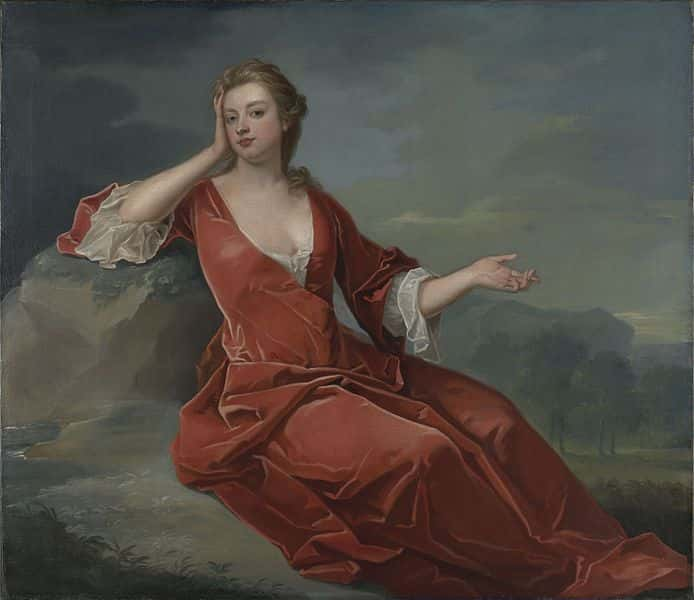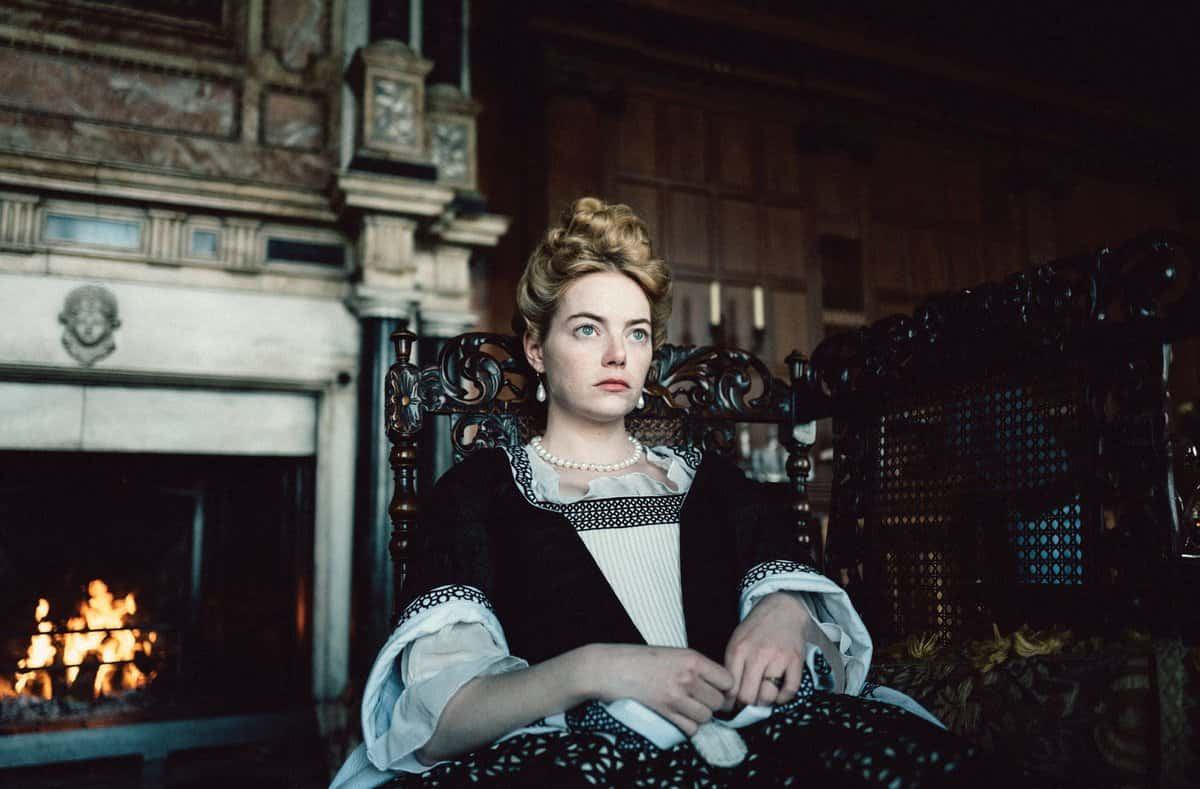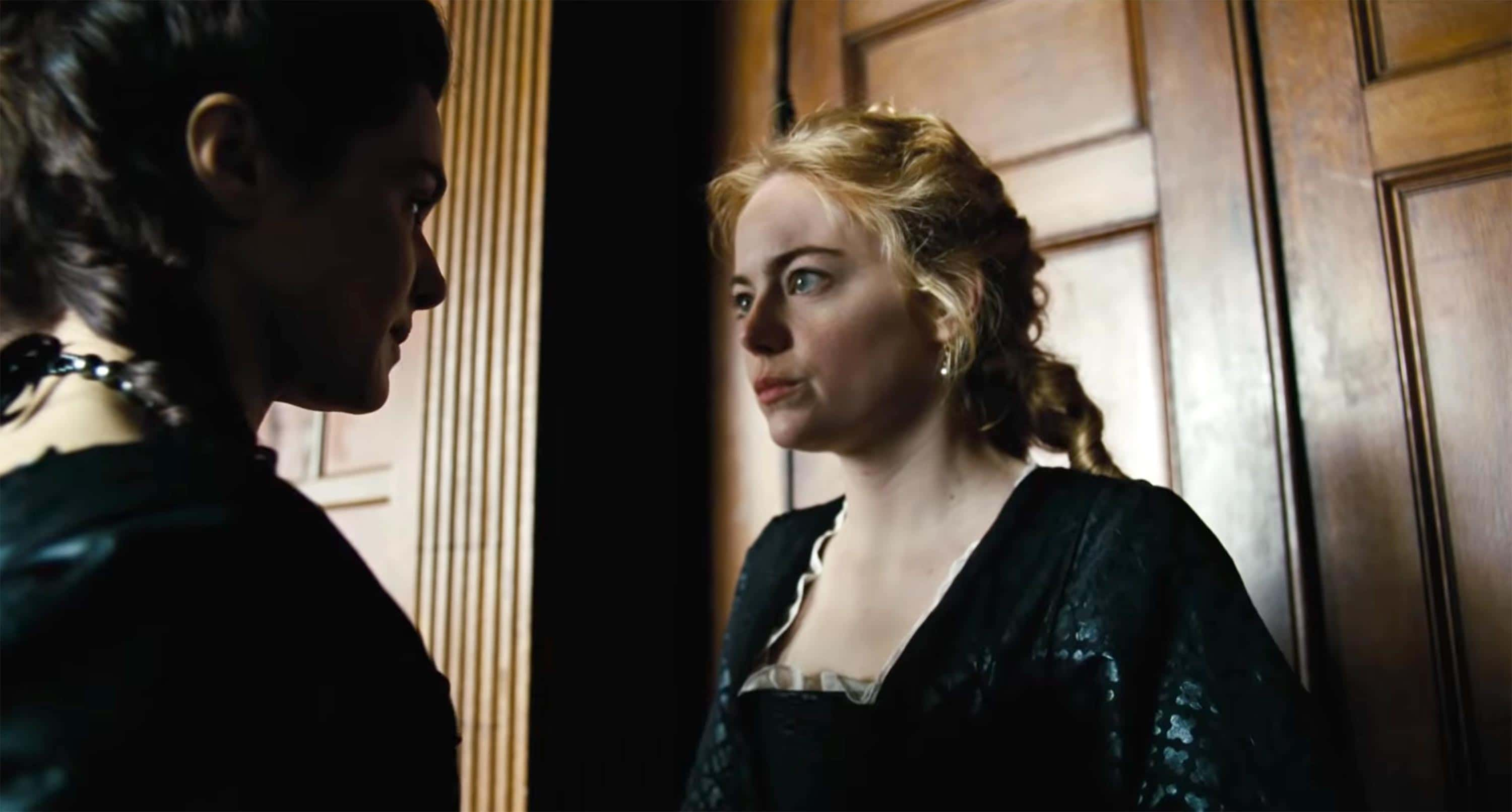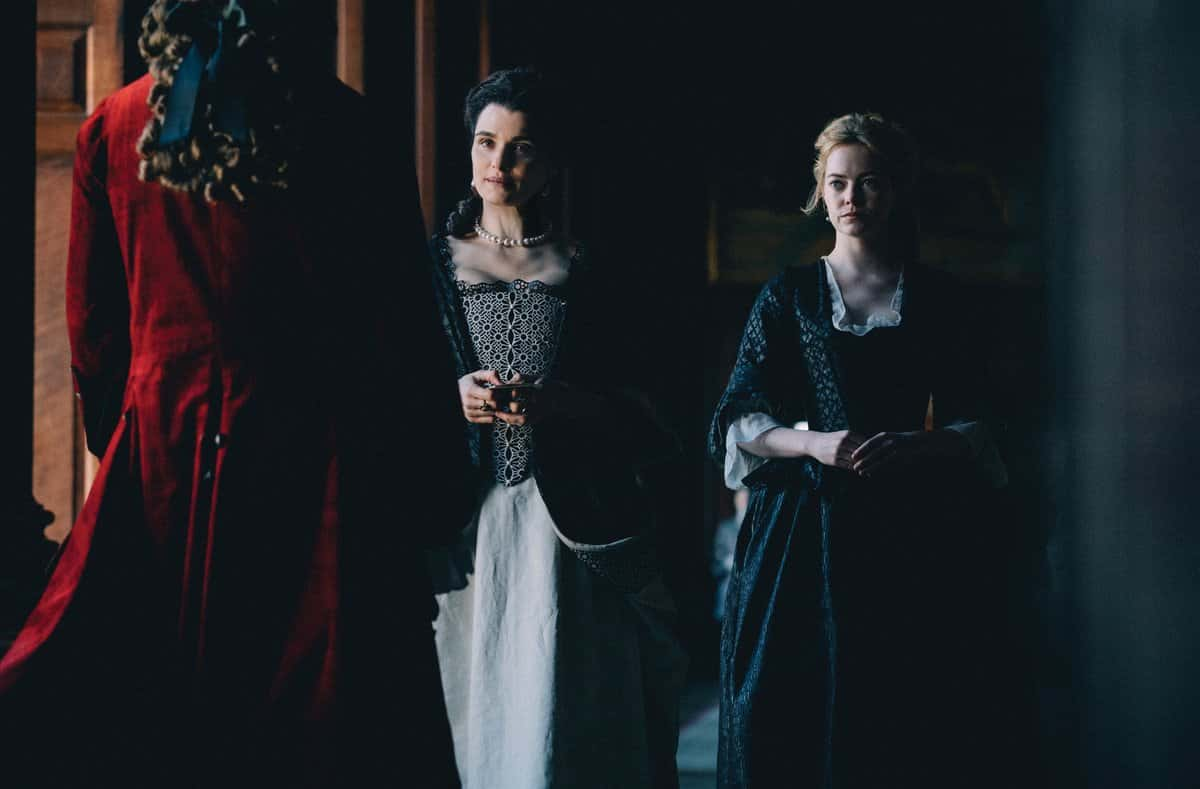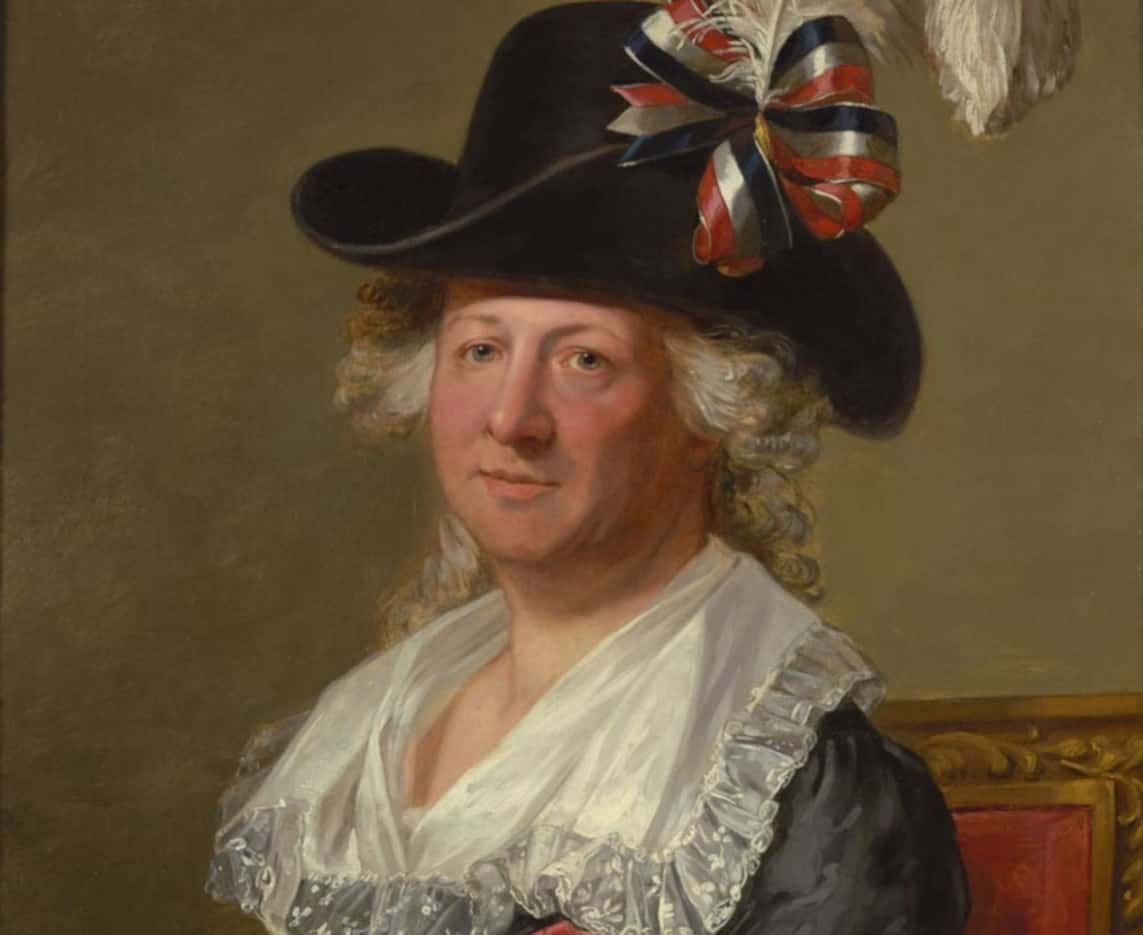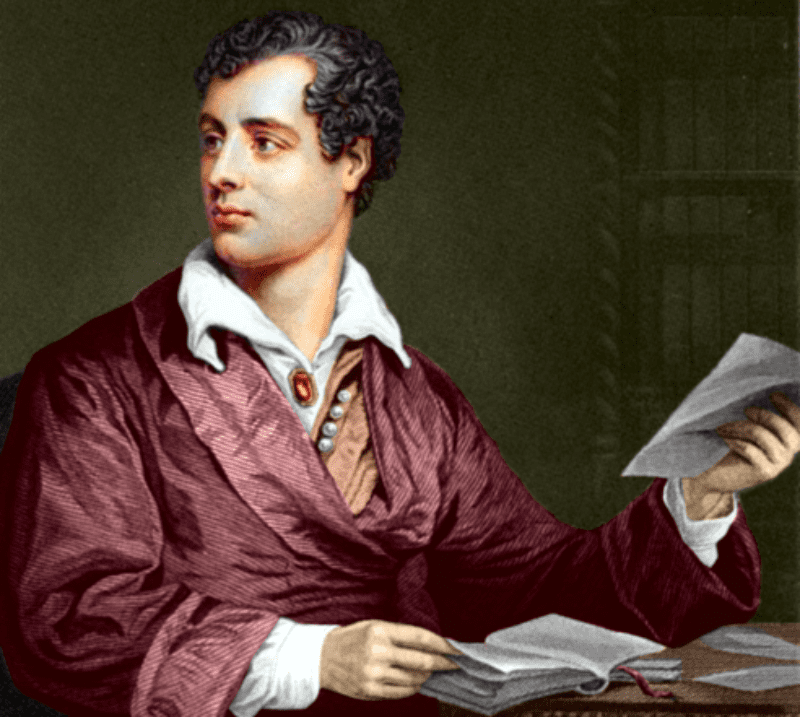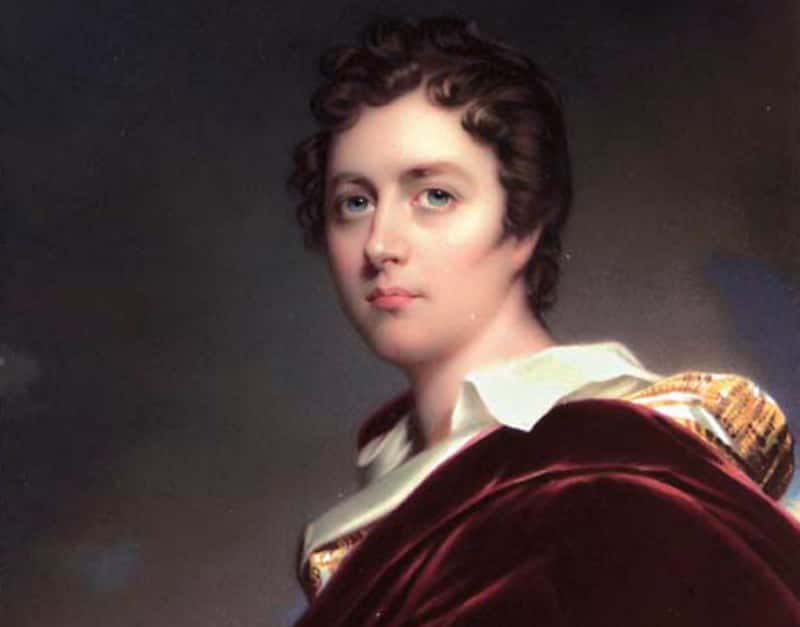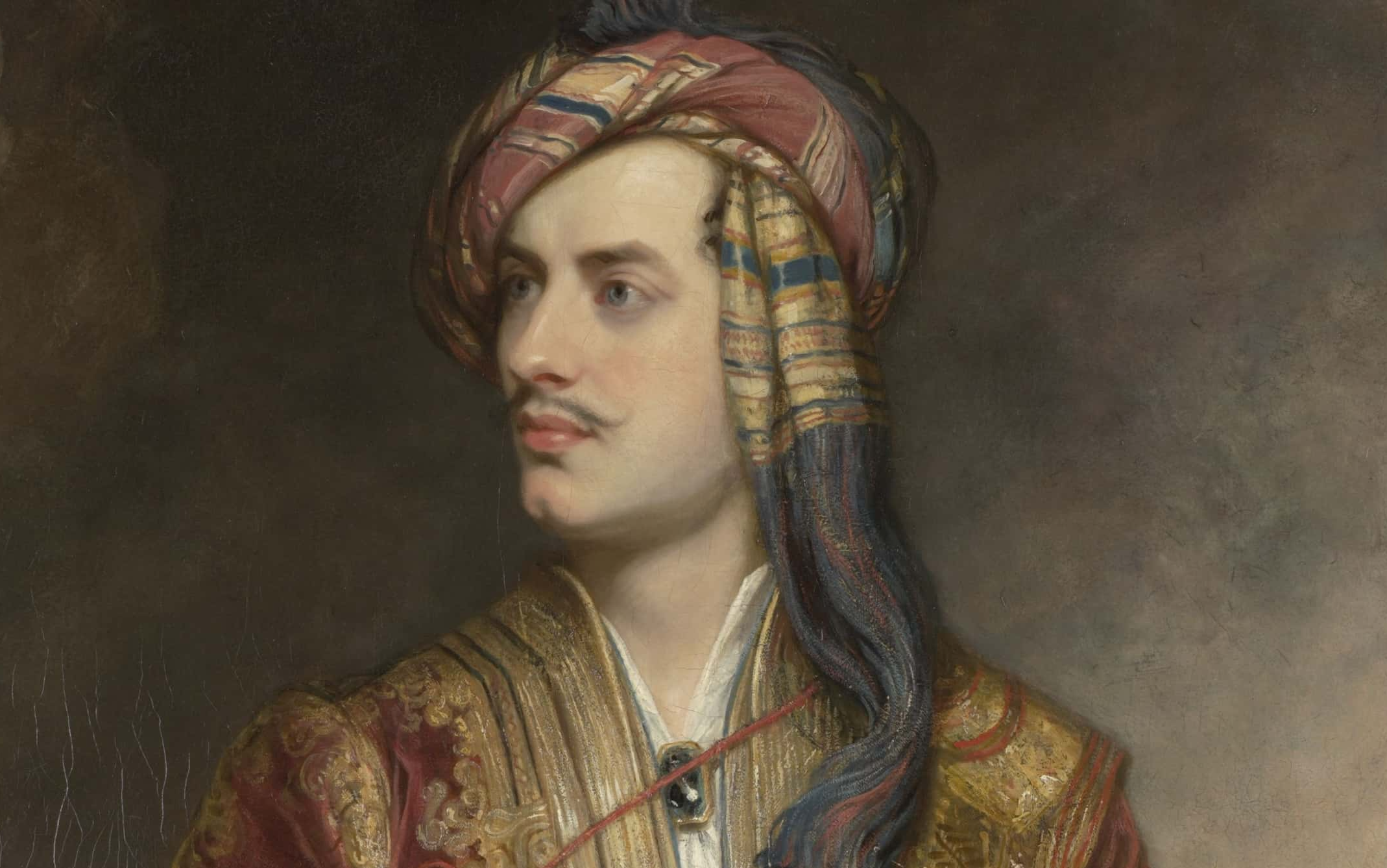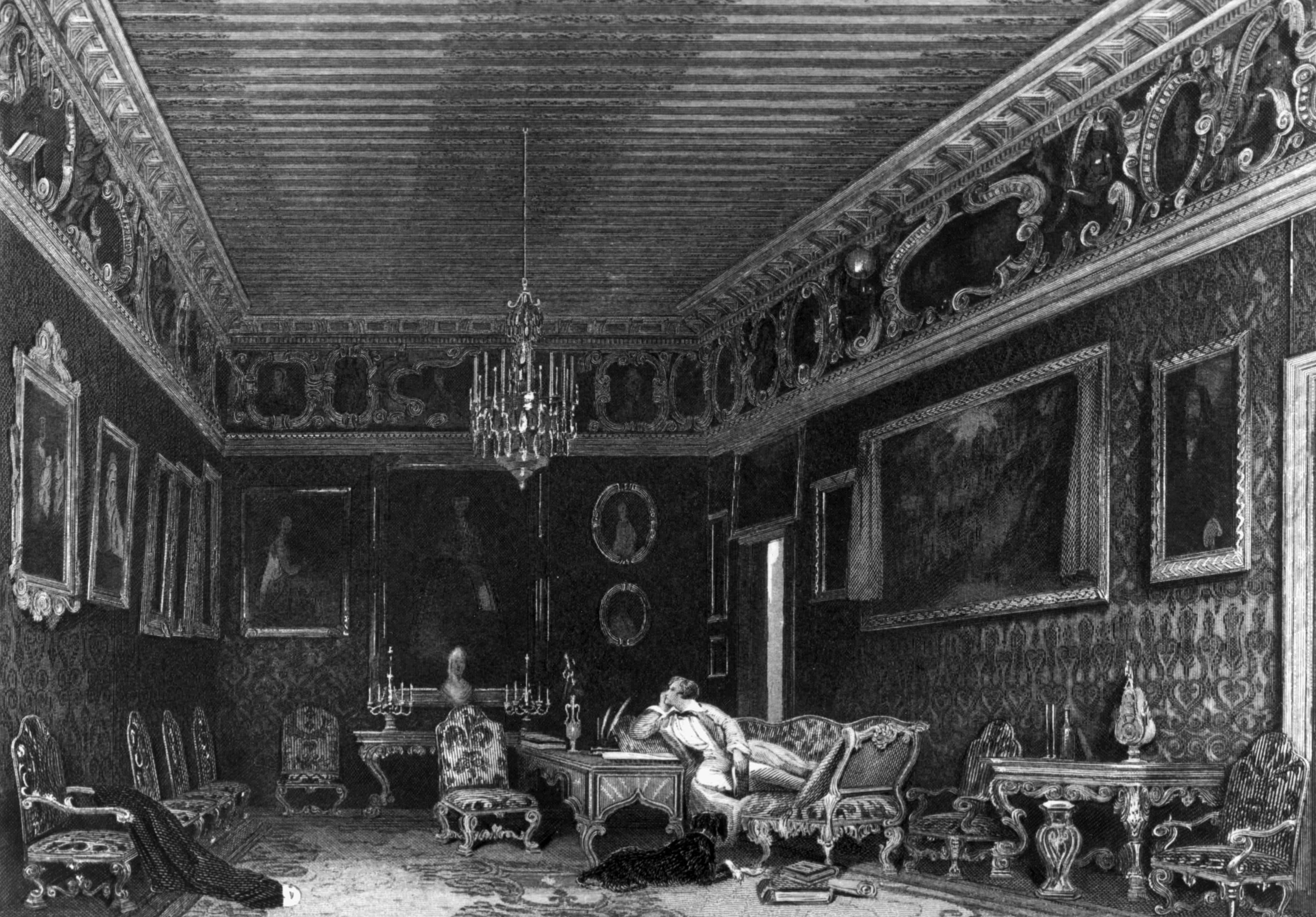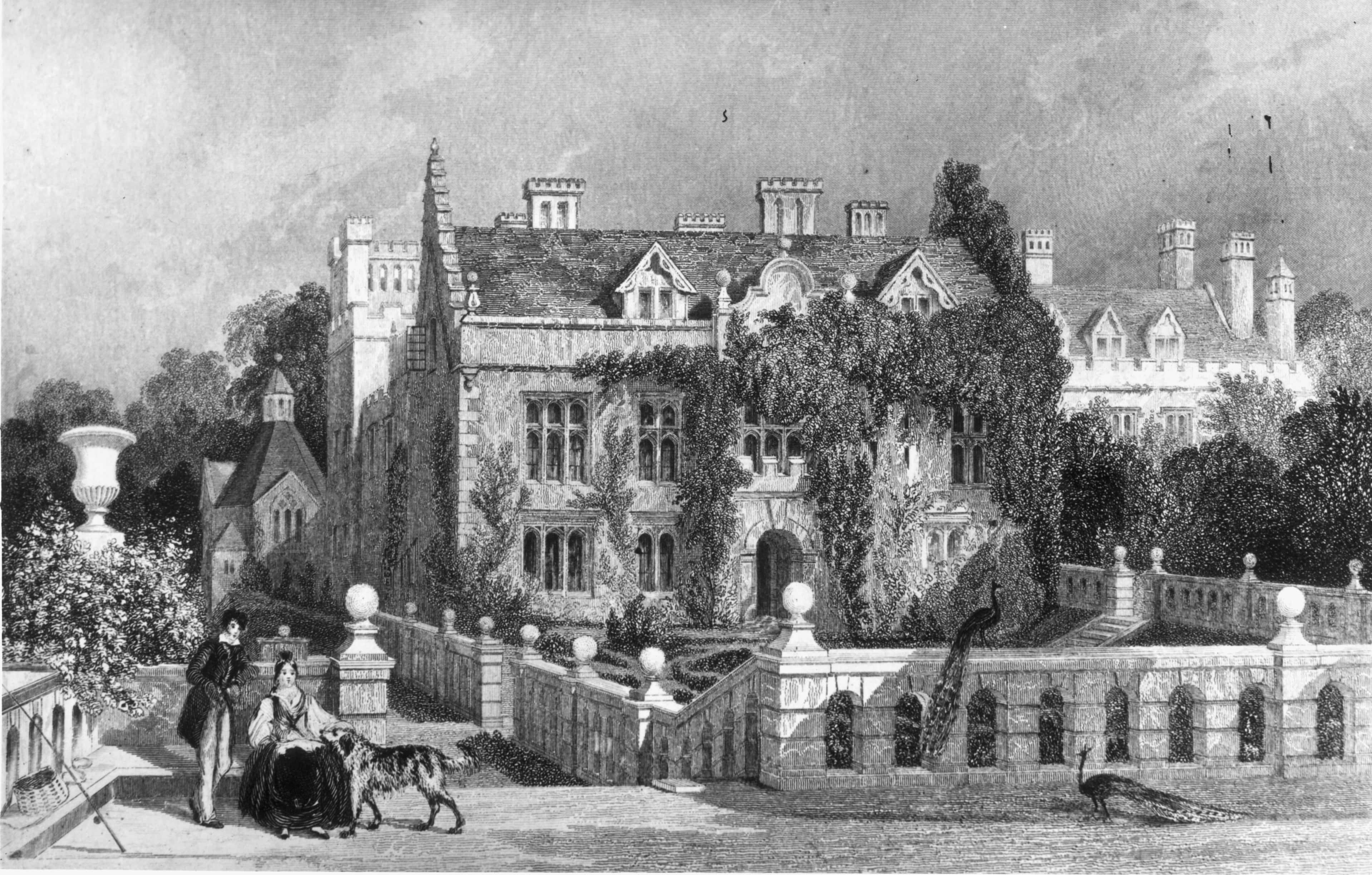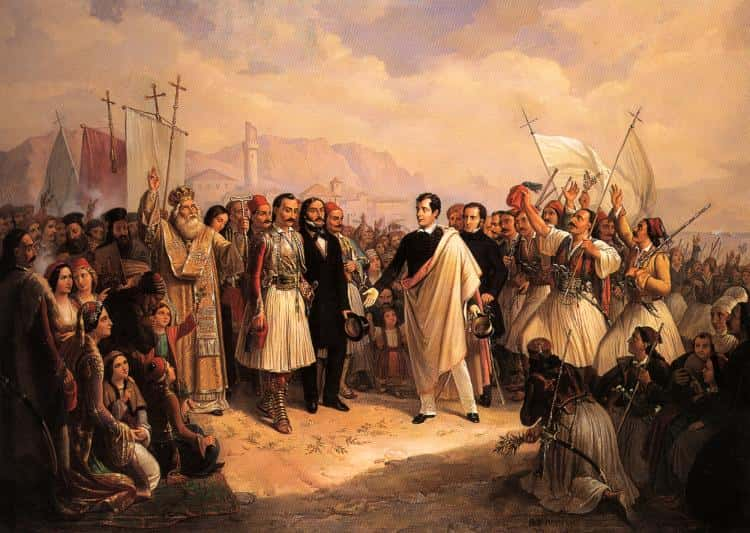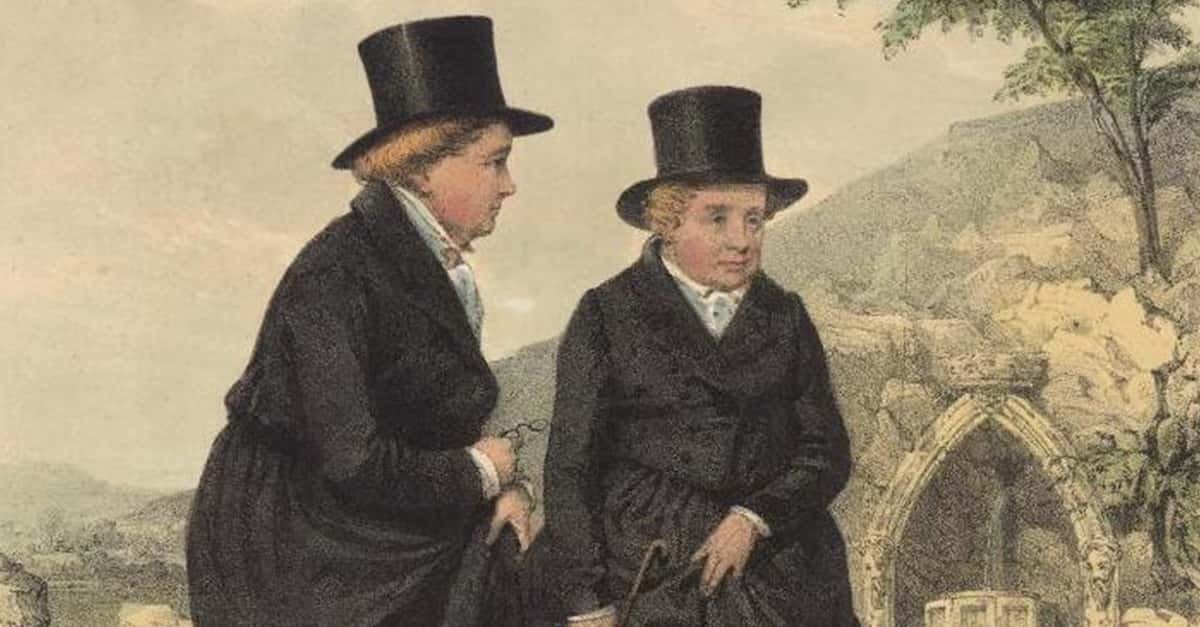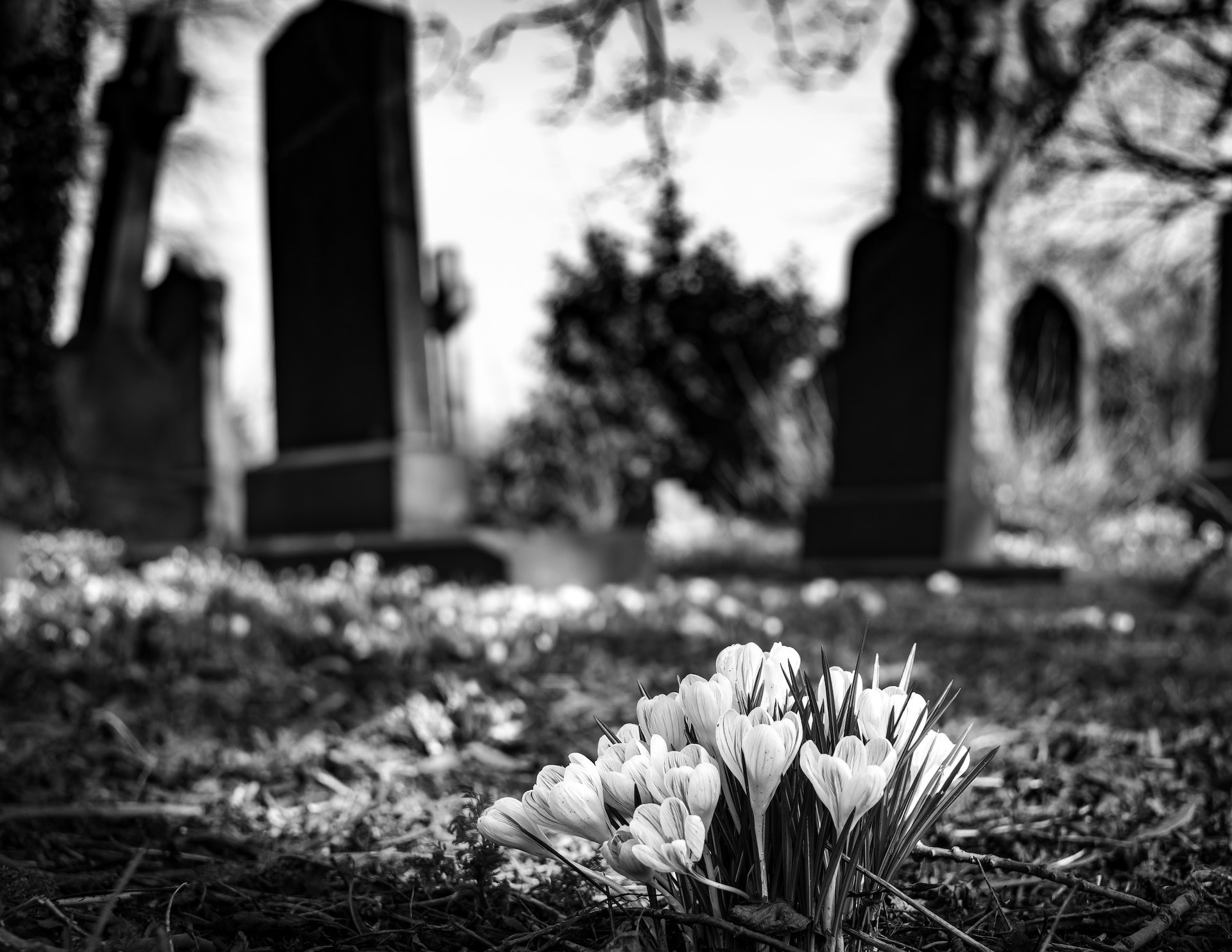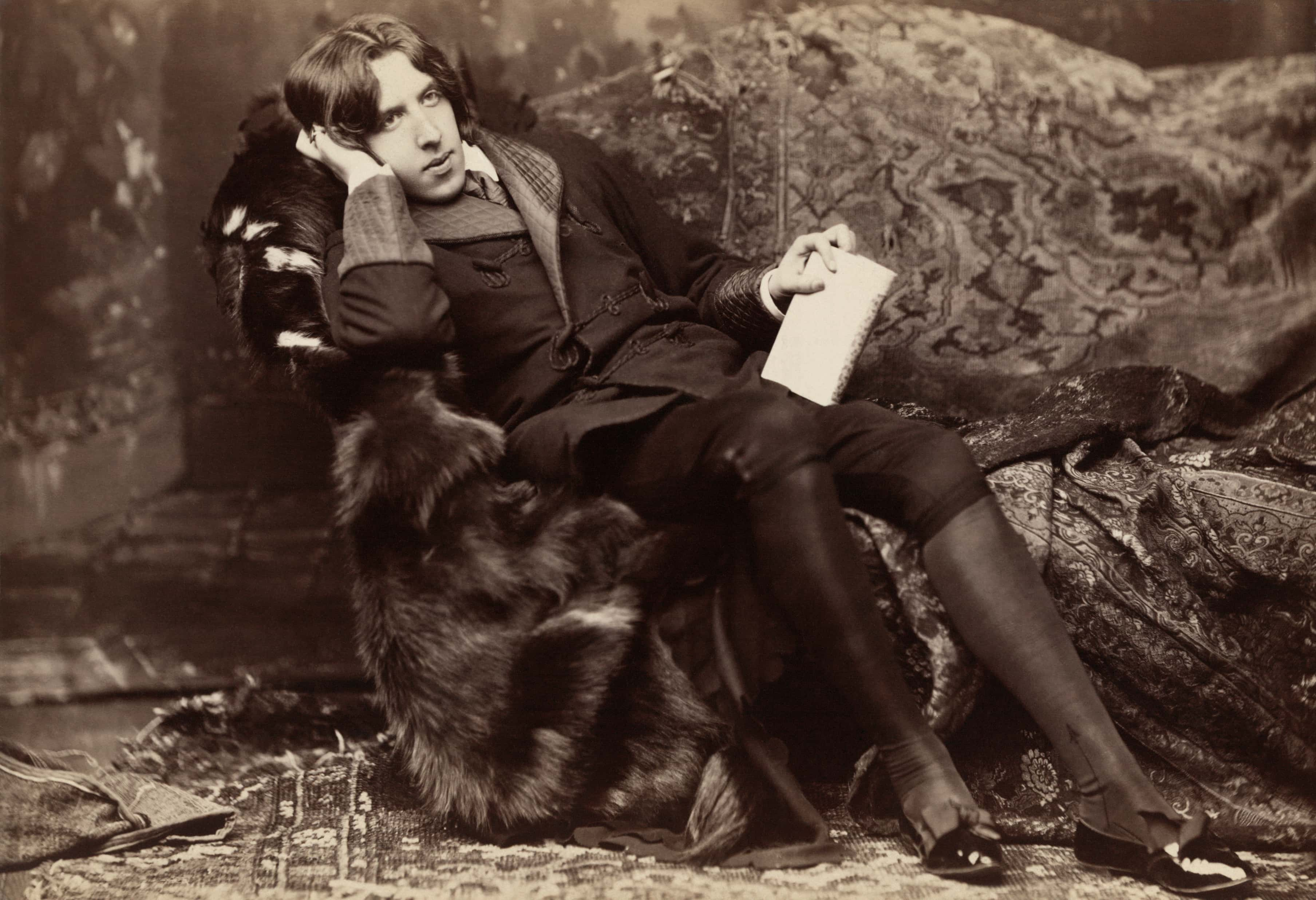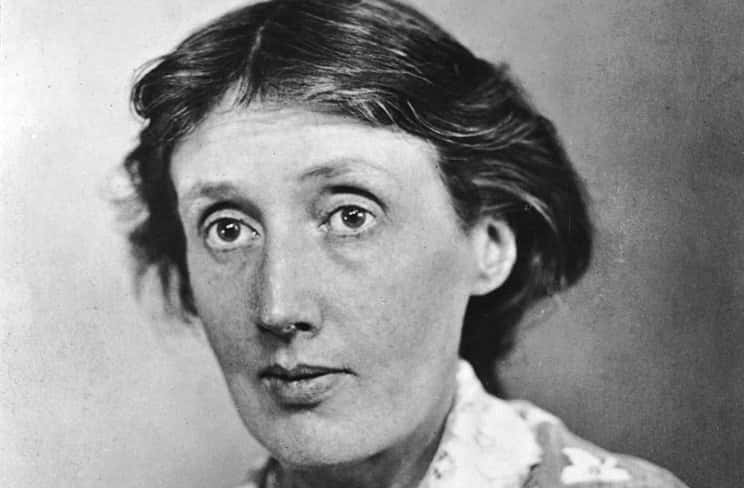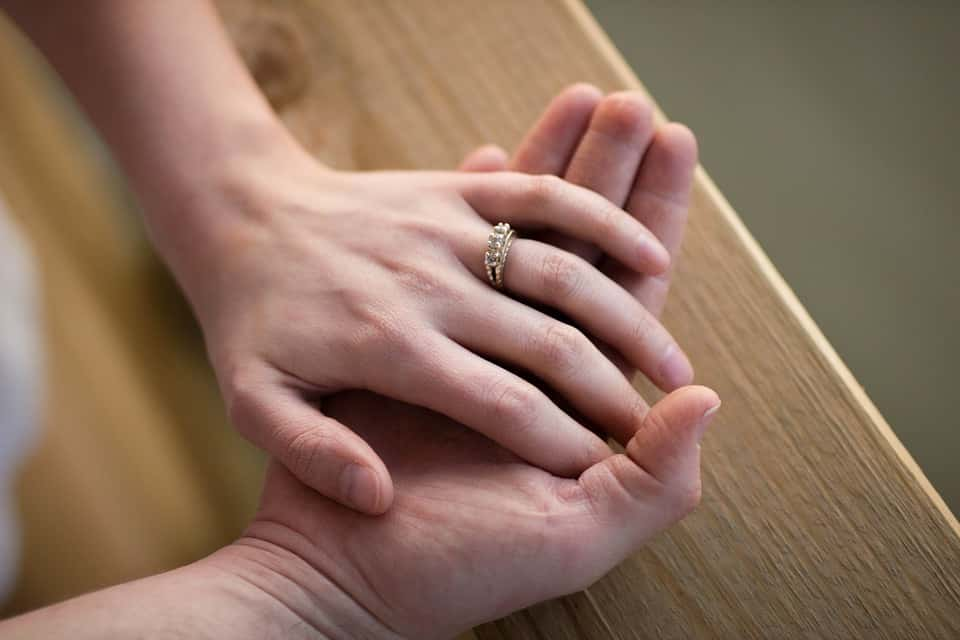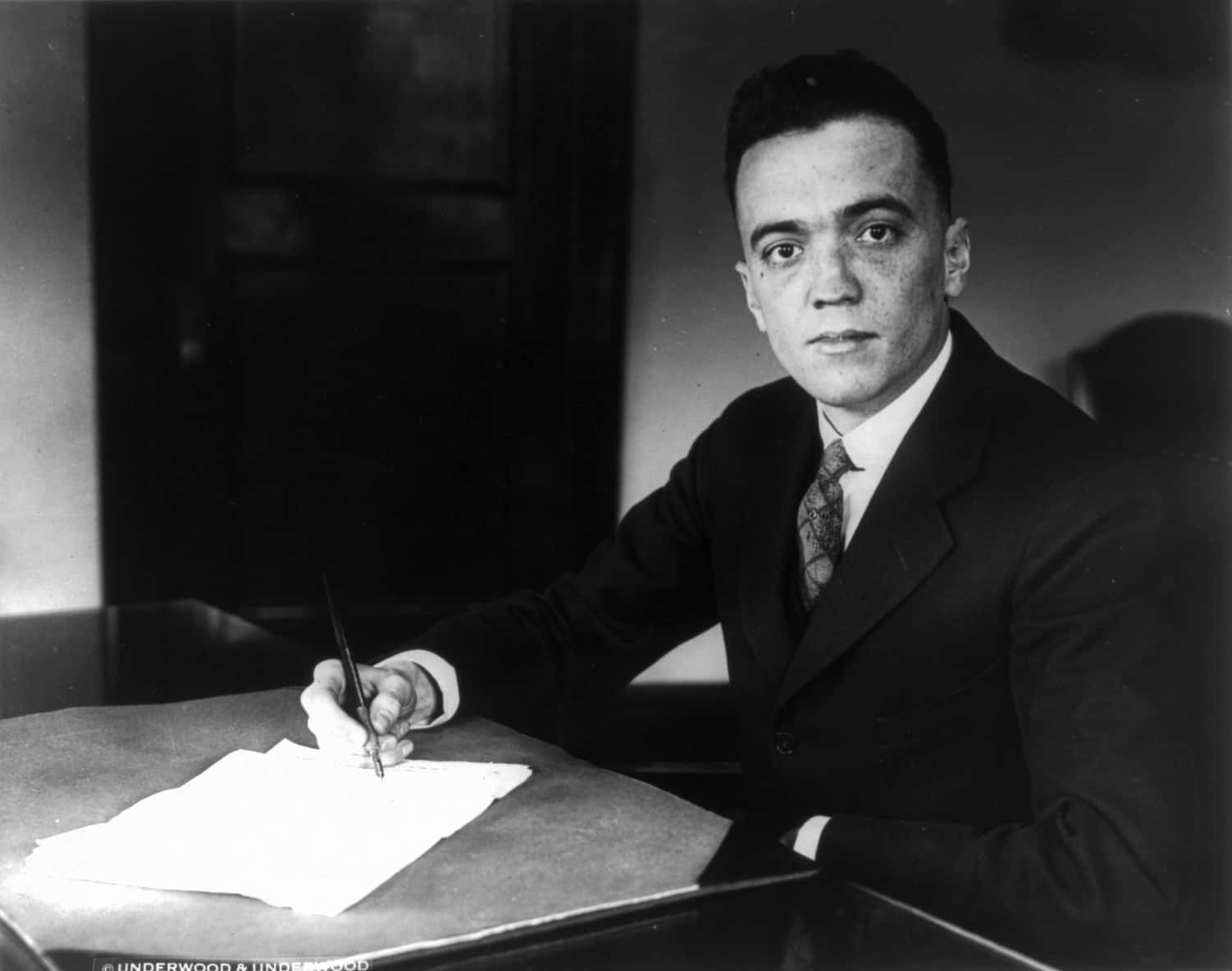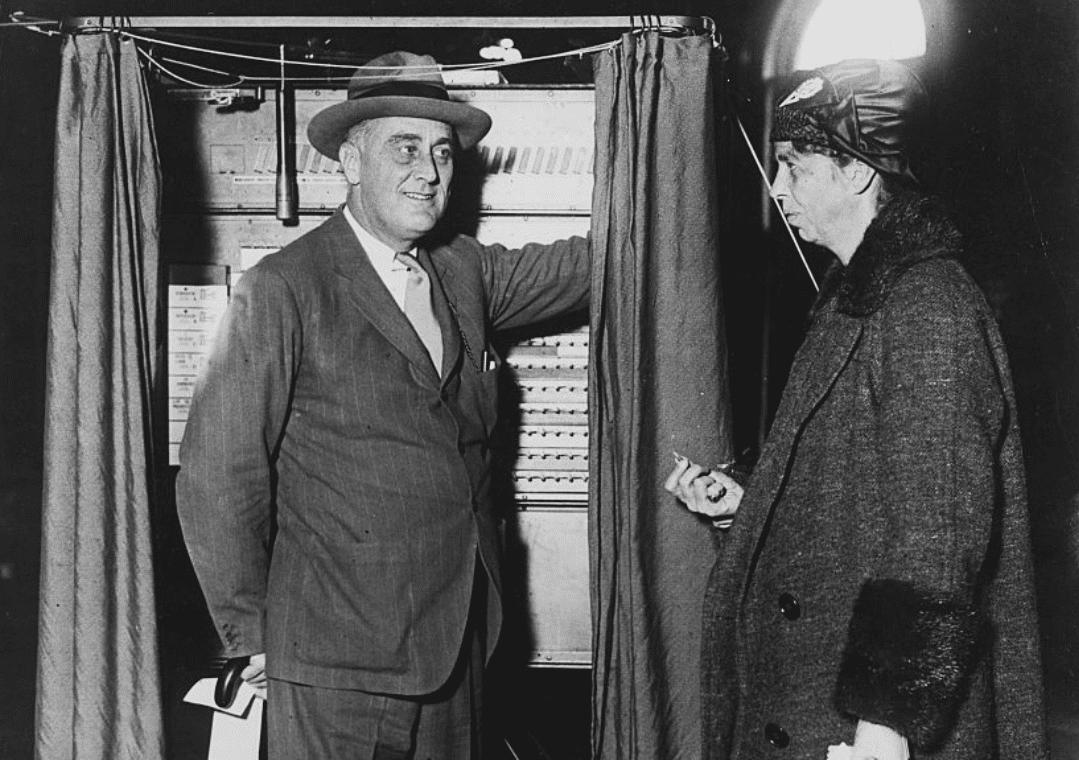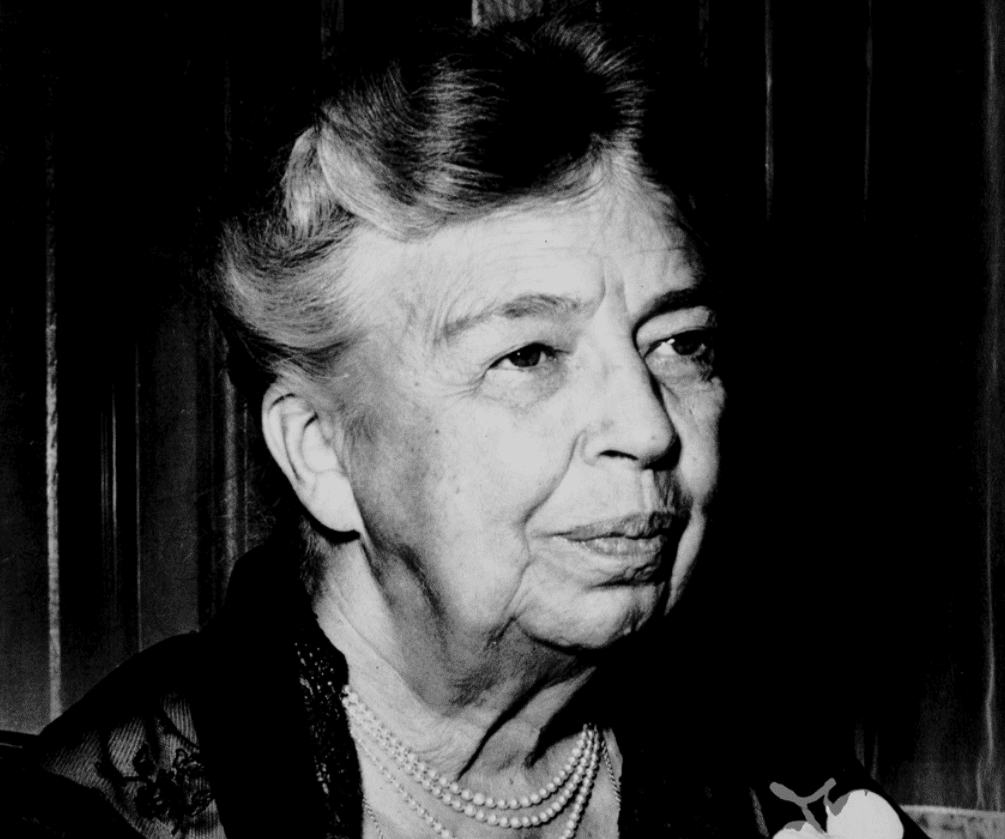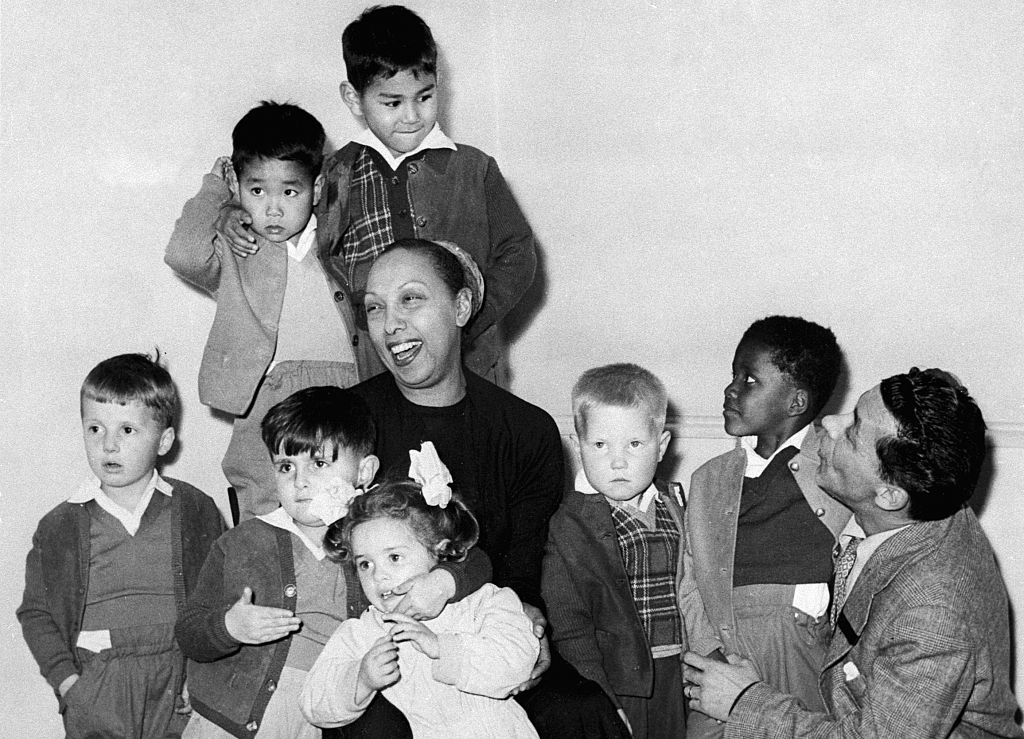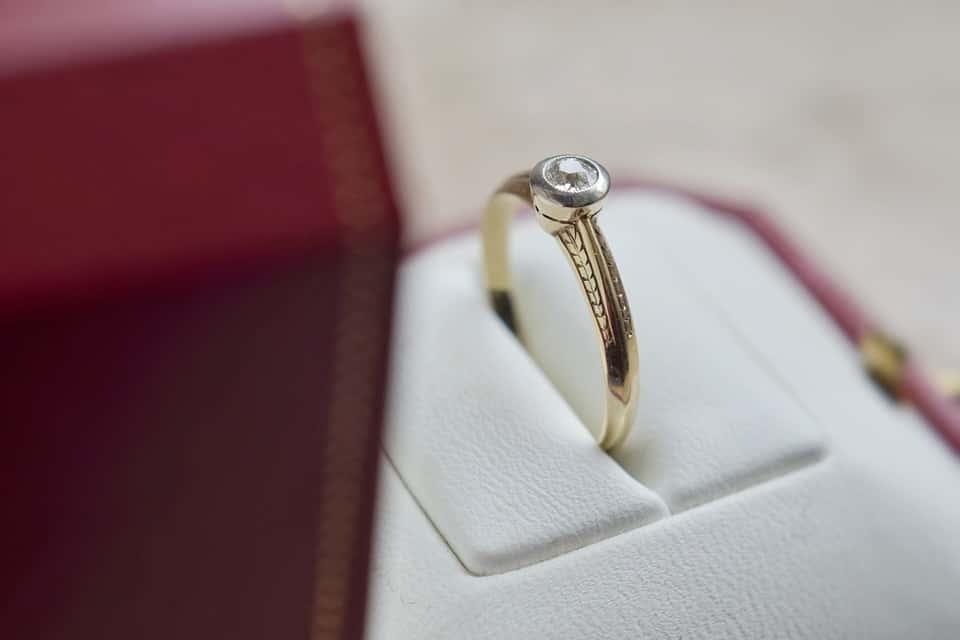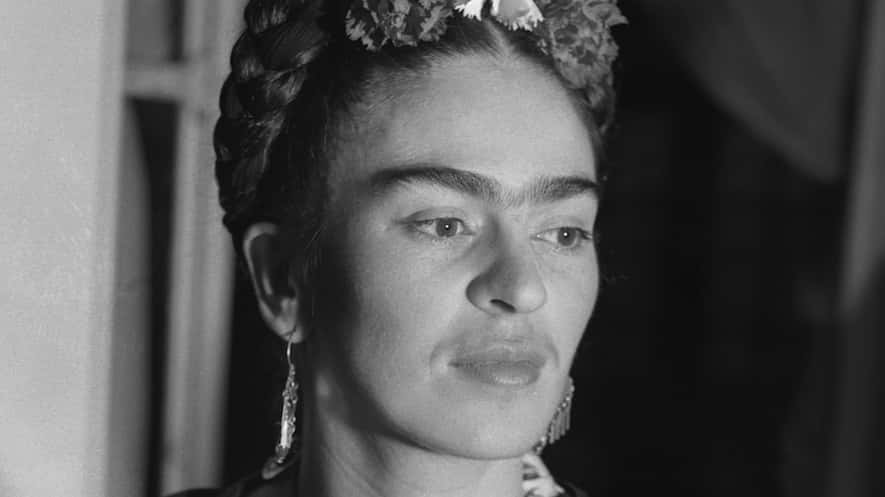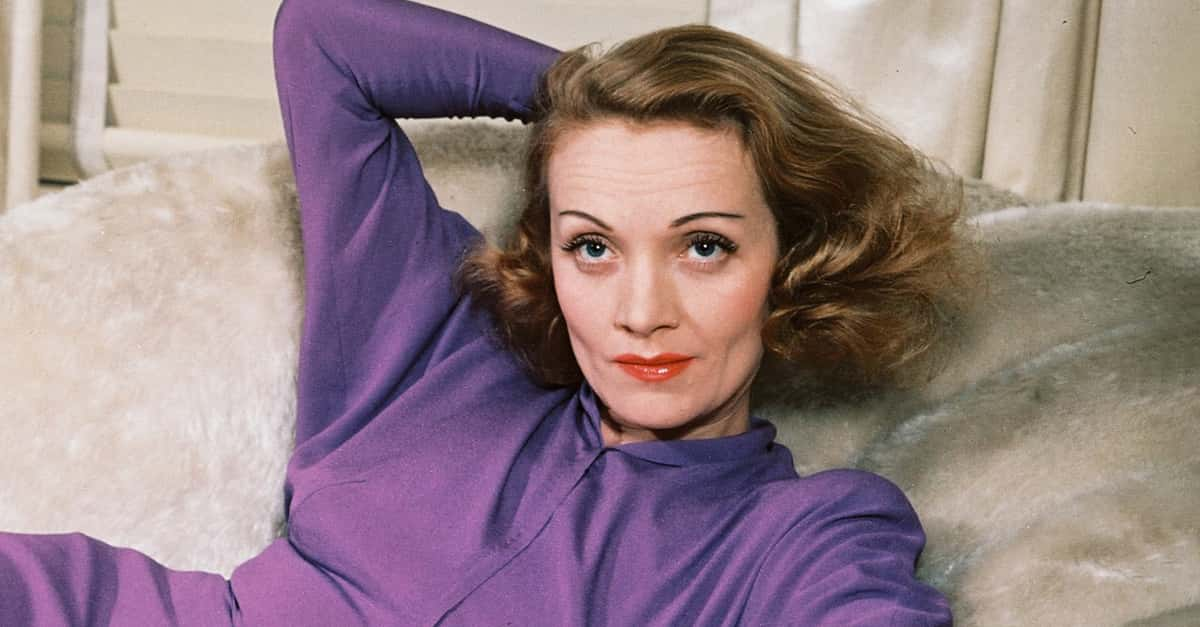In Ancient Greece, men regularly courted other men. Renaissance Europe saw daring women fight for eligible ladies at nighttime duels. 20th-century Vaudeville witnessed dozens of affairs between Black women performers. From the classical age to the present day, queer people have always existed.
But since the historical viewpoint on queerness varies greatly over time, it can be difficult to identify the gay, lesbian, individuals attracted to both genders, and transgender people who have made history. Not anymore! We compiled the best stories about history's most sensational LGBTQ+ figures. Wave your pride flag and enjoy these colorful facts about queer people throughout history.
1. The Bard Himself
William Shakespeare was a poet, a playwright, and an actor, and is widely viewed as one of the greatest writers in the history of the English language. Born around April 23, 1564 in Stratford Upon Avon, he attended school, learned about ancient societies and grammar, and by 1592, arrived in London. This young man was ready to begin one of the most successful literary careers of all time.
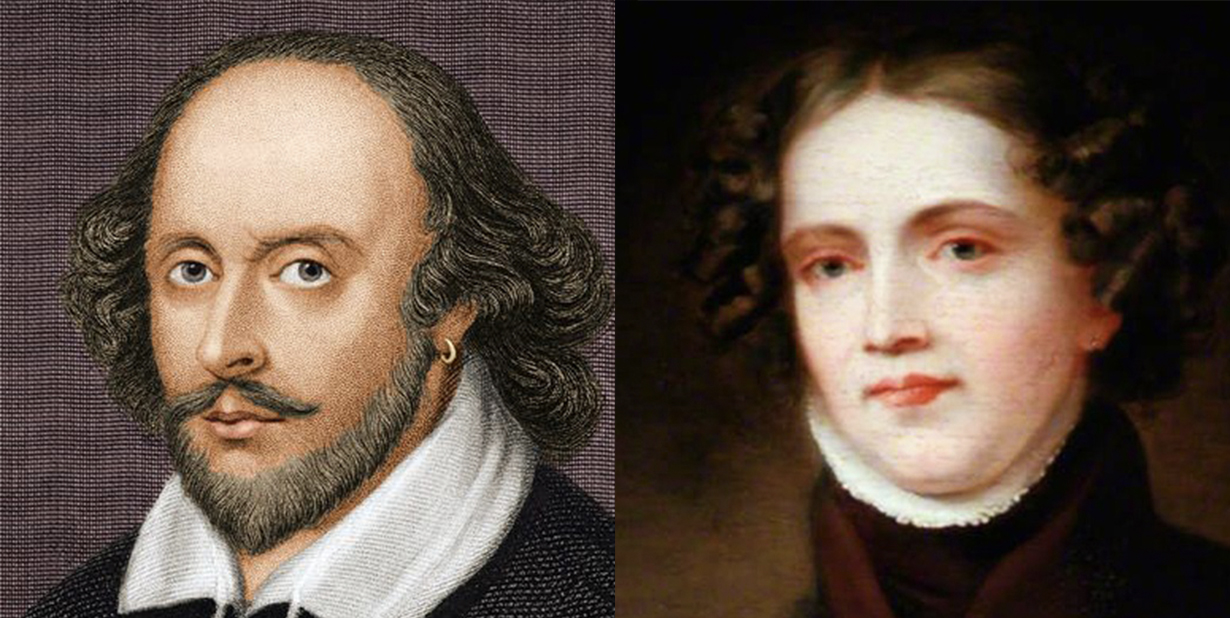
2. Mystery Man
In Shakespeare’s sonnets, the poet refers to a "beautiful Young Man" as a lover and famously, "the master-mistress of [Shakespeare's] passion." Ooh la la. While the identity of the Young Man remains uncertain, Henry Wriothesley, third Earl of Southampton, is deemed a possible contender. Shakespeare dedicated both Venus and Adonis and The Misfortunes of Lucrece to Wriothesley, further solidifying this claim with his flipped initials (W.H.) featured on the title page of the sonnets. While the identity of the Young Man isn’t known for sure, Henry Wriothesley, third Earl of Southampton, is a likely contender; Shakespeare dedicated both Venus and Adonis and The Misfortunes of Lucrece to Wriothesley and his inverted initials (W.H.) grace the title page of the sonnets.
3. Elagabalus, the First Transgender Woman?
It's challenging to infer transgenderism in individuals from the distant past, but the habits of the Roman emperor Elagabalus seem to strongly suggest that he would be considered a trans woman in contemporary times. Elagabalus would pluck the hair from his body to better resemble a woman, and offered large sums of money to any surgeon who could add to this transformation.
4. Sappho of Lesbos
The word Lesbian is derived from the Greek island of Lesbos, where the poet Sappho composed famous poems for her female lovers.
The historical connection isn't lost on LGBTQ+ people. When two Irish women eloped in the 1700s, they named many of their dogs Sappho (more on this later). Even now, the island (especially Sappho's birthplace) receives a massive amount of tourism each year, frequently from gay and lesbian tourists looking to explore their connection to the past.
5. The Greatest of Them All
Alexander III of Macedon, commonly known as Alexander the Great, was born in the ancient Greek city of Pella in 356 BC and his life concluded in 323 BC. He ascended to the Macedonian throne at age 20 following his father’s demise and devoted most of his reign orchestrating a campaign through Asia and Northeast Africa with his army. By age 30, his vast empire stretched from Greece to India. For historians, he's one of the greatest strategists in battle history.
6. Why Not Both?
Despite having three wives, it was rumored that Alexander had an intimate relationship with at least one man. This doesn't necessarily make Alexander gay, at least not in the way we now consider the term. Ancient Greeks didn't really consider gender as a significant determinant when selecting a partner for intimate relations. For them, it was more about personal taste.
Men often engaged in romantic relationships with other men or teenage boys, while still maintaining intimate relations with women and getting married. In the case of Alexander, given that he had children with both his wife and his concubine, one might refer to him as being attracted to both genders in contemporary language.
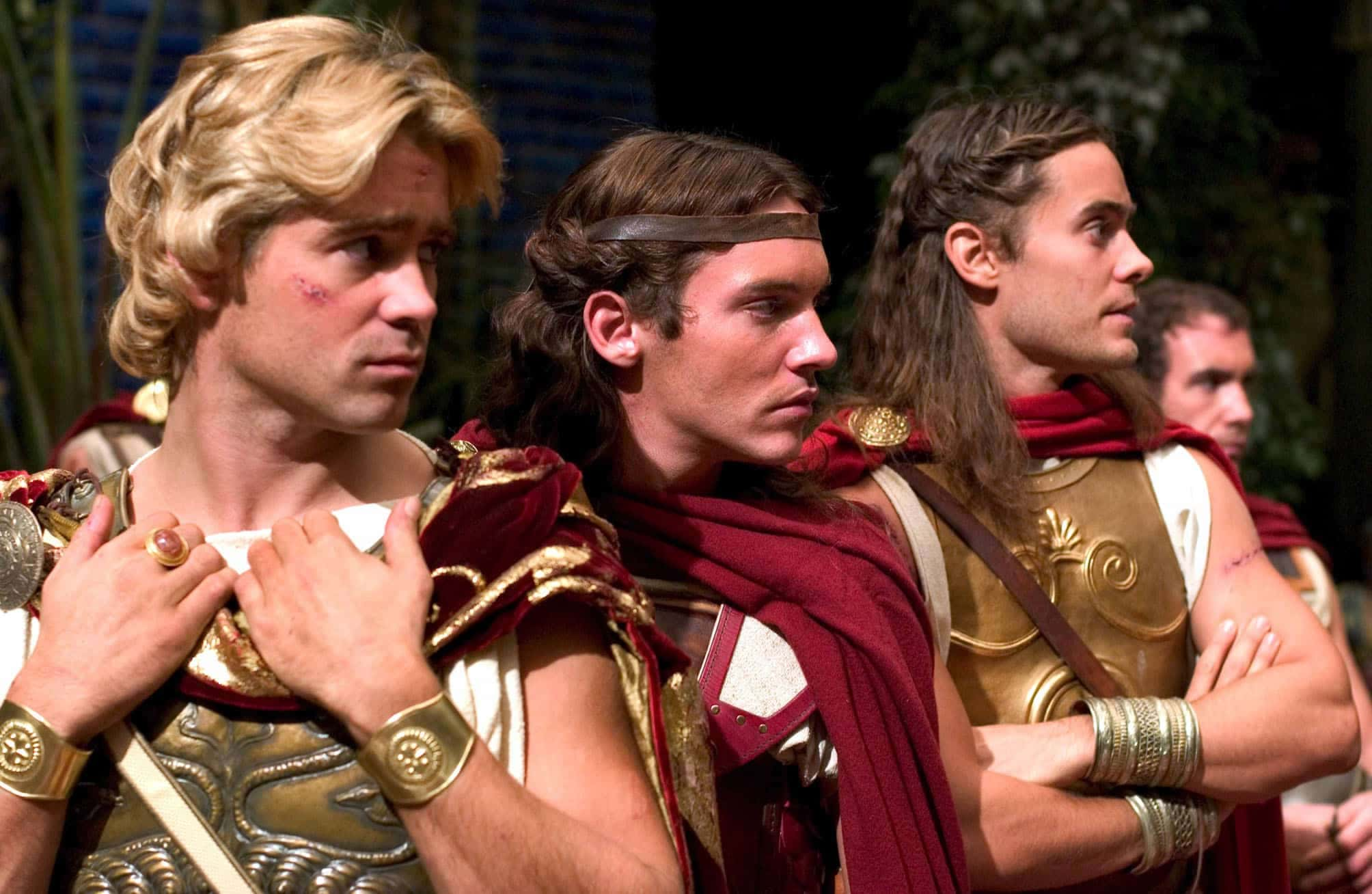 Movie star
Movie star
7. The Master of The Renaissance
Like many of his peers, Michelangelo adored the classical age. The Renaissance, after all, was a "rebirth" of Western culture, with literature and art paying homage to figures from Ancient Greece and Rome. For Michelangelo, who painted the Sistine Chapel and sculpted the famous David statue, returning to classical times may have been especially meaningful.
8. To Whom I Love
While a significant amount of the argument is speculation, there is a large quantity of written material which supports the theory that Michelangelo, like many men in classical times, had a non-heterosexual orientation. Though we’ll never prove if he had physical relationships with men or women, an overwhelming percentage of his surviving poems are highly romantic in nature and addressed to men such as Cecchino dei Bacci and Tommaso dei Cavalieri.
9. Not to Be Silenced
If you believe that our contemporary perspective is attributing romantic sentiments to Michelangelo's poems to his male "friends," it wasn't us who identified the sensual aspect of his writing. When Michelangelo’s grandnephew published his great uncle's poems, he switched all the pronouns around so that it seemed like Michelangelo was writing to women (even though the poems were clearly homoerotic). He pretty much pulled an old school "no homo" on his ancestor.
Luckily, writer John Addington Symonds discovered the truth in 1893. When he translated the poems into English, he retained the original pronouns. Thanks to Symonds, we can read Michelangelo's writing as he actually wrote it.

History's most fascinating stories and darkest secrets, delivered to your inbox daily.
10. Catalina de Erauso
Michelangelo was far from the only queer figure in the Renaissance. At the age of 15, Catalina de Erauso escaped the convent where she lived since the age of four. She took with her a bundle of fabric, from which she made man’s clothing, and re-christened herself Francisco de Loyola, travelling to Peru. From there, Loyola lived an adventurous life.
His quick temper got him into countless sword fights, and when he resorted to joining the army, he was put under the command of his brother, who didn’t recognize him. Again, retroactively identifying subjects as transgender is difficult, but scholars have made this case for Loyola.
11. Take That!
Catalina de Erauso probably would have gotten along famously with Julie d'Aubigny. This 17th-century woman lived a life so extraordinary that legends were told about her while she was still alive. So what inspired this legacy? Who was this remarkable woman? Historians believe that D'Aubigny was born in France in 1673. Because her father trained the court pages, d’Aubigny managed to get the same education as these boys, despite being a girl.
Aside from dancing, d’Aubigny also learned how to read, draw, and fence with swords—which she got very good at. But trust us, this is just the tip of the iceberg.
12. All at Once or One at a Time?
In 1695, d’Aubigny attended a society ball where a beautiful woman caught her eye. She proceeded to kiss the lady, much to the shock and outrage of three noblemen who had their own eyes on said lady. All three of these men, feathers all ruffling, challenged d’Aubigny to duels. The master swordswoman happily accepted.
Of course, she beat all three of them.
13. Surprise!
During her time presenting fencing exhibitions, a spectator once questioned d’Aubigny about her gender. The man claimed that no woman could be as skilled with a sword as d’Aubigny was. Wasting no time, d’Aubigny took off her top and flashed the crowd to prove that even though she was wearing men’s clothes, she was definitely a woman. Now that's a power move.
14. A Woman for My Heart
During her career as an opera singer, d’Aubigny fell head over heels in love with Fanchon Moreau, a renowned soprano with whom she worked on the opera Didon. Moreau was as famous as an opera singer could be in those days, and was said to be incredibly beautiful. As often happens when fame and beauty collide, Moreau's love life was the source of much gossip.
Rightfully so: Moreau was mistress to none other than the Grand Dauphin, the heir to the French throne. Sadly, for d’Aubigny, Fanchon Moreau didn't love her advances, and ultimately rejected her. Such was d’Aubigny’s despair at the lost love match that she tried to take her own life. Thankfully, like her pass at Moreau, this attempt also failed.
15. Girl Power
During her time as a high-ranking opera singer, d’Aubigny did more than win crowds over with her vocals. She also set herself up as a defender of chorus girls. D'Aubigny regularly rescued lower-class women from the attention of lusty, predatory noblemen.
In a well-known story, the singer Louis Gaulard Dumesny just wouldn't stop harassing the women in the opera company. Or, rather, he didn't stop until he met Julie d'Aubigny. She physically chastised him (which is old timey code for beat him up) and definitely taught him a lesson about not bothering women. You go, Julie d'Aubigny.
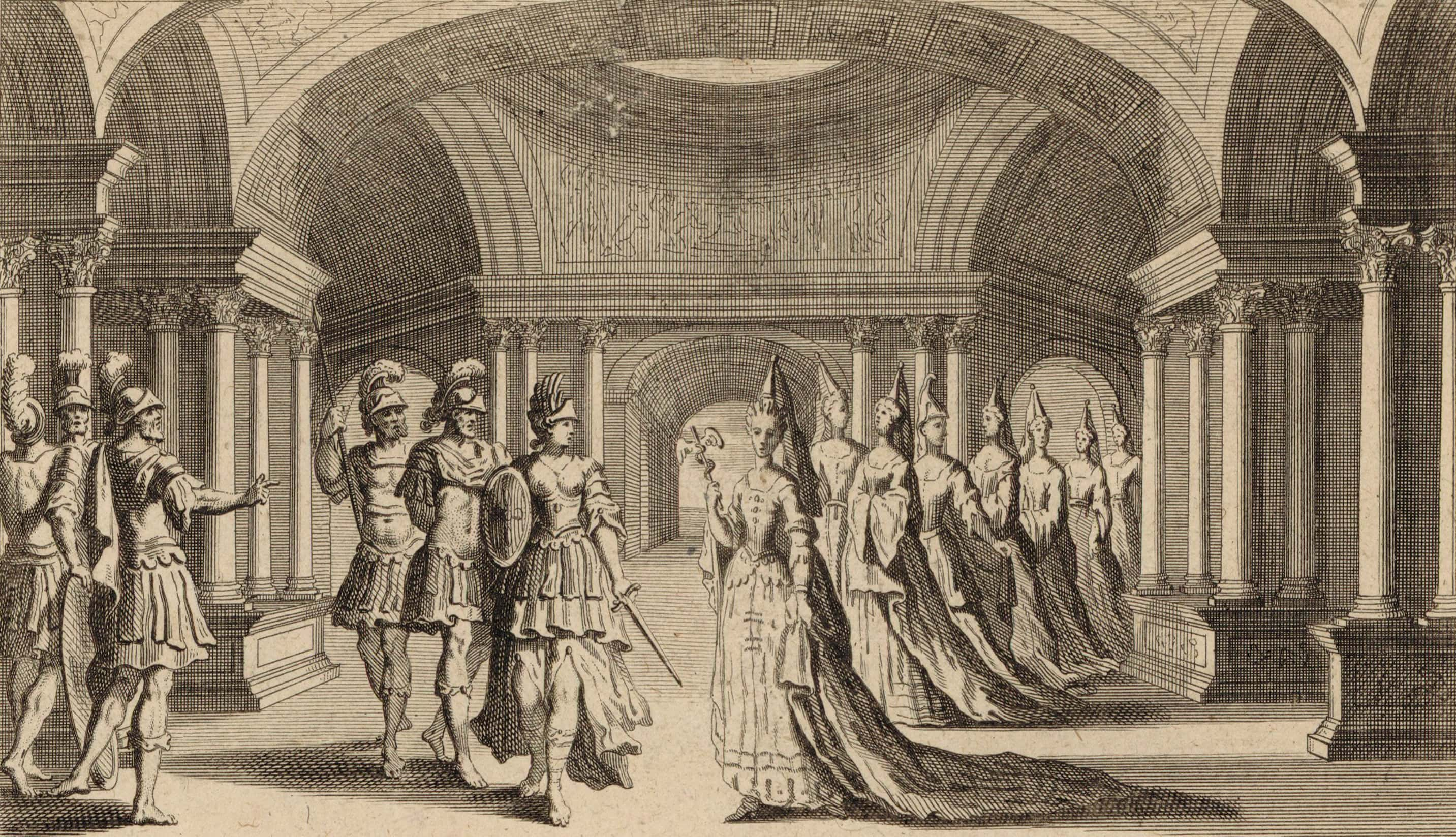 Wikipedia
Wikipedia
16. Challenge Accepted
If anyone thought d’Aubigny would let a few nuns get in the way of her and a woman she loved, though, they were sadly mistaken. Posing as a hopeful novice nun, d’Aubigny joined her girlfriend and came up with a disturbing plan to get her out. Following the end of an elderly matron's life, the two girls moved her body into their bedroom and set the room ablaze.
In this manner, it appeared as though the noblewoman-turned-nun met her end in a freak accident, allowing both women to make their escape.
17. Was Frollo the Judge?
Surprisingly, there are repercussions for setting a nunnery ablaze and pretending your girlfriend has ceased to exist. In her absence, d’Aubigny faced trial—as a man, naturally—for the acts of kidnapping, body snatching, and arson. After skipping town, she was then also charged with failing to appear at her own trial.
When everything was finalized, quite ironically, d'Aubigny was sentenced to meet his end by fire. However, after contacting a former lover, the Count of Armagnac, d'Aubigny was pardoned by none other than the King of France himself.
18. Lovers in a Dangerous Time
The tempestuous love life of d’Aubigny struck again in 1703 when she fell head over heels in love with “the most beautiful woman in France”: the Marquise de Florensac. In fact, the Grand Dauphin himself had his eye on Florensac, meaning that d’Aubigny was literally competing with royalty for Florensac’s affections. Even with raised stakes, d'Aubigny came out on top.
The Marquise returned her affections, and no tragic dramatics were required. Aww!
19. Happiness Is Fleeting
Despite d’Aubigny successfully wooing the Marquise de Florensac, both women fled France to escape the wrath of the Grand Dauphin. According to one account, the lovers settled in Belgium and enjoyed two happy years together. Sadly, those two years were all the lovers had before Florensac's life came to an end.
Overwhelmed with sorrow, it's reported that d’Aubigny retreated into a convent to withdraw from public life. Regrettably, she too, met her end shortly after. She was only 33—but she had already lived the life of someone three times her age.
20. The Runaway Duchess
“If the events that I have to recount to you seem like something out of a novel, blame it on my unhappy fate rather than my inclination” —Hortense Mancini
Hortense Mancini was born in Rome in 1646 to Baron Lorenzo Mancini and Girolama Mazzarini. She was the fourth of five sisters who collectively became known as the Mazarinettes, as well as the niece of the famous Italian Cardinal Mazarin, chief minister to Louis XIV of France. With connections like these, it's no wonder her life was full of drama, intrigue, and more than a little controversy.
21. Deathbed Contract
In 1661, after receiving a proposal by none other than the King Charles II of England, 15-year-old Hortense married Armand-Charles, Duc de la Meilleraye. Armand fit the bill in terms of massive wealth, but he was twice Hortense’s age, and the union was not joyful.
Armand was a veritable nut job. He would search Hortense’s room for hidden lovers each night before locking her in. He declined to permit the female servants to milk cows due to its suggestive nature, and would frequently remove the front teeth of these servants to reduce their physical appeal. Oh, and he often removed the intimate areas from human figures in the artworks he owned. Um, what?
22. The Sidonie Affair
Hortense was miserable in her marriage and ended up starting an affair with a woman named Sidonie de Courcelles. Armand definitely didn’t care for this arrangement, and sent the pair to a convent. According to Hortense’s memoirs, this didn’t quite have the intended effect, and she and de Courcelles spent their time tormenting the nuns before making an escape.
23. Live Fast
After a few dramatic years with Armand, Hortense finally managed to escape at 22 years old, though she had to leave her young children behind. She promptly gallivanted across Europe in a highly unladylike manner. She dressed as a man, drank, gambled, shot, and took lovers of both genders. This behavior likely didn’t make her many friends in society, but she must have had fun doing it.
24. Gentlemen, Please
Without her wealthy husband, Hortense required funds. Continuing her baller life, she enjoyed not one but two suitors stepping up. King Louis XIV and the Duke of Savoy, her old suitor, both offered to support her financially. Savoy also offered her a house, and made her his mistress until his life ended in 1675. Of course, when he perished, his wife threw Hortense out.
But ever resourceful, Hortense knew exactly what to do: dress as a man, travel to England, and convince her old suitor King Charles II to take her back. He was thrilled at the prospect and Hortense became his long-term mistress.
Where is her biopic?!
25. Love Letter
While living in England, Mancini reportedly romanced Aphra Behn, one of the first English women to make a living as a writer. Behn's "The History of the Nun" even pays romantic tribute to Mancini by saying, "how few objects are there, that can render it so entire a pleasure, as at once to hear you speak, and to look upon your Beauty?"
Behn also wrote a play about two women who fall in love at a convent. Perhaps Mancini told Behn about the Sidonie affair?
26. A New Playmate
While at the English court, Mancini met Anne Lennard, King Charles's illegitimate, teenaged daughter by another mistress. It seems that an attraction to Hortense ran in the English royal family: she and Anne soon began a rumored affair, though Anne was married and Hortense was already chief mistress to dear old dad.
27. A Nightgown Duel, Seriously?
Hortense and Anne's intensely passionate encounter culminated in a highly public and sensual fencing duel, where both women were dressed merely in their nightgowns. After this display of lust, Anne's husband finally stepped in and sent her off to the country, where she reportedly locked herself in her room, cried uncontrollably, and kissed a miniature portrait of Hortense at all hours of the day.
Hortense, however, wasn’t nearly as attached, and seemed to have no trouble moving on to her next affair.
28. Crossing the Line
You’ve got to give it to Hortense: the girl could seriously party, and she had no trouble keeping up with King Charles II. For his part, Charles didn't seem to mind most of Hortense's cavorting, but he certainly didn't like to see her dallying with his daughter Anne. When Mancini took up with the Prince of Monaco shortly after, it was the last straw. Charles ended the affair permanently and cut off his money, though that part was only temporary.
29. The Journeying Remains
Through all of this, by the end of Hortense's life her husband Armand still hadn't given up trying to force her to come back and be miserable with him. He even initiated a lawsuit against her. None of this, however, mattered a whit to Mancini: she defiantly stayed in England, growing older, running lively salons, and gambling away much of her money.
Yet tragically, after Hortense departed this life in 1699, the ever-watchful Armand thrust upon her one final indignity. As a hard-living woman, Hortense left many debts behind her. OOne of her creditors even decided to claim her remains as collateral in hopes of retrieving some of the debt she owed. Armand saw his chance, and ruthlessly took it.
He purchased her lifeless body and displayed it throughout France for months. Thankfully, he finally ceased, and Hortense now rests beside a cherished uncle.
Thus ended the truly wild life of Hortense Mancini.
30. The First Queen of Great Britain
One of Mancini's great flames, Charles II, was actually the uncle of the next person in this list: Queen Anne. Once relegated to a secondary position in the history of British monarchs, Anne finally received the recognition she deserves when The Favourite came out in 2018. As the Oscar-winning movie shows, Anne led a fascinating life at the forefront of Britain’s Golden Age.
Her reign was marked by political intrigue and international wars, but even this pales in comparison with Anne's tumultuous personal life. Between Anne's ill health, tragic circumstances, and scandalous romances, there's no way we weren't getting a movie about her life.
31. Best Friends Forever
Anne and Sarah Churchill were childhood friends, and you know what they say, the pals that scheme together stay together. Sarah's husband was John Churchill, the first Duke of Marlborough. Oh, and he was also one of the main co-conspirators behind the most major political takeover of the entire Restoration.
He assisted Anne's sister Mary (together with her husband William) in invading England and deposing Mary's own father, James. After William and Mary were no longer alive, Anne assumed the role of Queen in 1702. Naturally, BFF Sarah was at her side.
32. Perks of Powerful Friends
By the time Anne became queen, Sarah Churchill was as informed and insightful about politics and the government as anyone. This meant that public figures often sought her advice as a way of getting the ear of the queen. For many, Sarah secretly ruled the direction of the country and Anne was a more symbolic queen.
Anne didn't seem to mind this arrangement, for a time at least. She gave Sarah a number of lavish presents over the years, including a whole palace! Let’s just say the Blenheim estate was hardly the worst place to crash for the weekend. Anne and Sarah were also known to have pet names for each other. Sarah was Mrs. Freeman while Anne was called Mrs. Morley.
33. The Pretender
Anne courted a bit of a nasty love triangle when she allowed a lowly maid, Abigail Masham, to become a close acquaintance—a position that Sarah felt was hers and hers alone. Sarah was so infuriated with the presence of Abigail that she started a rumor that the new maid and Anne were a little too cuddly in the queen’s bedchamber. Soon the court was abuzz with the idea that the queen was having a lesbian affair with Abigail. Though these salacious details were never proven, they make for great reading!
It's also worth noting: Abigail and Sarah were cousins. Awkward...
34. Broken Promises
Sarah may have hoped the queen would end her relationship with Abigail to put the rumors at bay but that's definitely not what happened. Things only got worse for Sarah as she interfered with Abigail. Although Anne had promised Sarah and her children the cushy position of Keeper of the Privy Purse, the queen broke that promise in 1711.
Anne stripped Sarah of her offices and appointed Elizabeth Seymour. To add insult to injury, Anne gave Abigail Masham the title of Keeper of the Privy Purse. Ouch.
35. Stick to the Script
In a last-ditch attempt to recover her former glory days with Anne, Sarah set up a meeting with the Queen to hash things out. Nothing went as planned. Anne apparently had two lines memorized that she repeated over and over again to Sarah’s prodding: “I shall make no answer to anything you say,” and “you may put it in writing". They never recovered the deep friendship they once had.
36. Are You a Doctor?
Medicine was still an…inexact science in the Restoration. When Anne became more and more ill in the last few years of her life, she had many of the best doctors in England at her side. But even the Queen isn't a medical time traveler. Poor Anne had to suffer through several baffling attempts at “cures". The doctors often resorted to “bleeding” Anne and poking her with hot irons. The latter just seems sadistic!
But Anne's awful experiences with motherhood were even worse: she was pregnant 17 times over the course of 17 years and only once did she give birth to a child who made it past the age of 2. She miscarried an overwhelming 12 times and four of her children did not survive beyond infancy. Some medical historians suggest her terrible luck at parenthood was because she suffered from Hughes syndrome, an autoimmune disease which creates frequent blood clots.
37. The Chevalier d’Eon: Diplomat, Spy, Historical TransWoman
In 1728, just a hop across the channel, Charles d’Eon de Beaumont, the Chevalier d’Eon, was born into a French aristocratic family, and entered into service as a diplomat and spy. Soon, however, people across the continent began to speculate that the Chevalier d’Eon might in fact be a woman, even laying wagers to that fact.
The rumours were fuelled by d’Eon herself, who insisted that she was indeed woman, even though she was raised male by her father. The king officially acknowledged her gender and, in an odd turn of events, compelled d'Eon to leave her service in the armed forces. After all, women were not allowed to be part of armed forces. On her deathbed, doctors investigated d’Eon and discovered that she had been born biologically male. However, she also had "feminine characteristics."
38. Mad, Bad, and Dangerous to Know
The Chevalier d'Eon was frequently a hot topic of gossip in 18th-century Europe, but on at least one occasion, William Lord Byron even outshone her. William Lord Byron is best known for being the great uncle of the famous Romantic poet (and major romantic player), Lord Byron. Clearly, drama ran in the Byron family.
While d'Eon was embroiled in a dispute with a rival ambassador, the comte de Guerchy, William Lord Byron was gaining notoriety for the fatal incident involving his cousin and neighbor, William Chaworth. When William Lord Byron ceased to be, the family title was inherited by the more famous Lord Byron. Hailed as one of the greatest poets in the history of the English language, Lord Byron and his poetry continue to be admired and studied to this day.
What has also endured, however, is Byron's dark legacy as a person, with a history of heartbreak, seduction, and even taboo relationships to his name.
39.Gentleman Poet
Byron allegedly wrote his first poem in 1800. It was a love poem written in honor of his, er, cousin, Margaret Parker. In fact, Parker wasn’t the only one of Byron’s cousins to catch his eye: he also felt a romantic attachment to his relative Mary Duff.
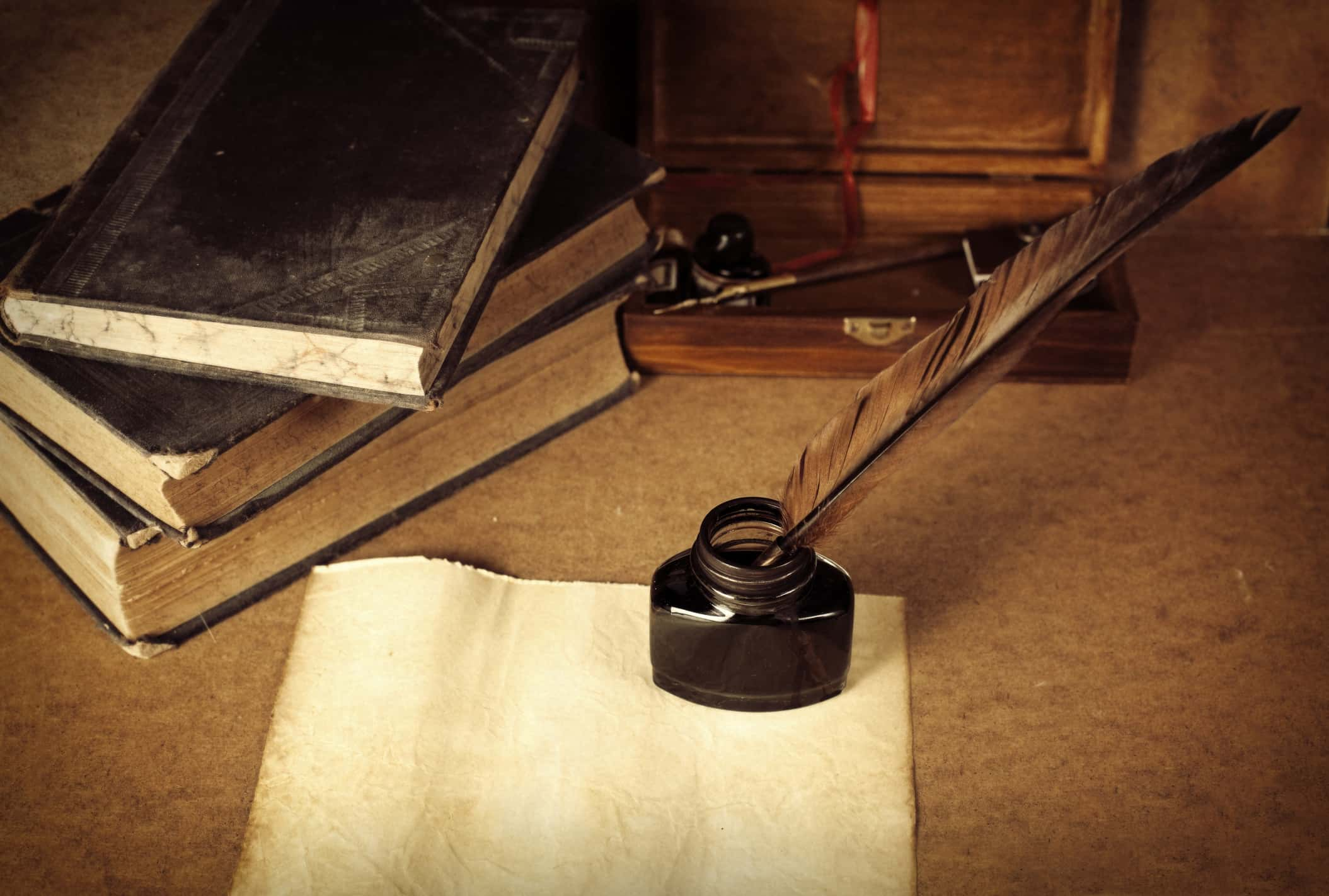 Getty Images
Getty Images
40. He Went Both Ways
But female relatives were far from Byron's only love interests. While studying at Trinity College, Cambridge, the poet developed a very close relationship with a younger student named John Edleston, referred to as Thyrza in Byron's poetry. One excerpt reads, "The whisper'd thought of hearts allied, / The pressure of the thrilling hand; / The kiss so guiltless and refin'd / That Love each warmer wish forbore."
41. Skipping Town
Byron hastily left England for unclear reasons in 1809, with some historians arguing that rumors of his bisexuality led the poet to flee. A friend recorded the reason as "the Edleston indecency." Tragically, Edleston would depart from this world at just 21 years old. In correspondence with his friends and family, Byron portrays his profound sorrow for the loss, offering poems in homage to Edleston in sections of his magnum opus, Don Juan. This masterpiece was published several years subsequent to Edleston's departure from this world.
42. Mediterranean Holiday
Some scholars believe that when Byron went on his Grand Tour (a rite of passage for wealthy young men), he chose to travel specifically to the Mediterranean because that region was much more accepting of queer relationships. Indeed, while in Greece and Turkey, Byron enjoyed relationships with Eusthathius Georgious and Nicolo Giraud.
43. Love 'Em and Leave 'Em
When Byron returned to England in 1811, he promptly engaged in some characteristically volatile romances. It was a well-publicized scandal when Byron was discovered having an affair with Caroline Lamb, who was a married woman at the time. The poet soon moved on, but Lamb never got over their fling. She would stalk him, sometimes even in disguise, in the hopes of winning him back. But that wasn't even the worst of it.
Her deteriorating emotional state caused her to lose so much weight during this time that Byron joked to his friend that he was being “haunted by a skeleton". When she left a message saying, “Remember me!” on his desk, Byron mocked the message with a poem that he titled “Remember Thee! Remember Thee!”
44. Twice Beloved
One of the wildest rumors about Byron’s love life was that he had an incestuous affair with his half-sister, Augusta Leigh. Having grown apart in their youth, Byron and Leigh later did develop a very "close" bond as adults. Historians are deeply divided to this day just how close these two actually were, but a few experts do suspect that Leigh’s daughter Medora was the fruit of a love affair with Byron.
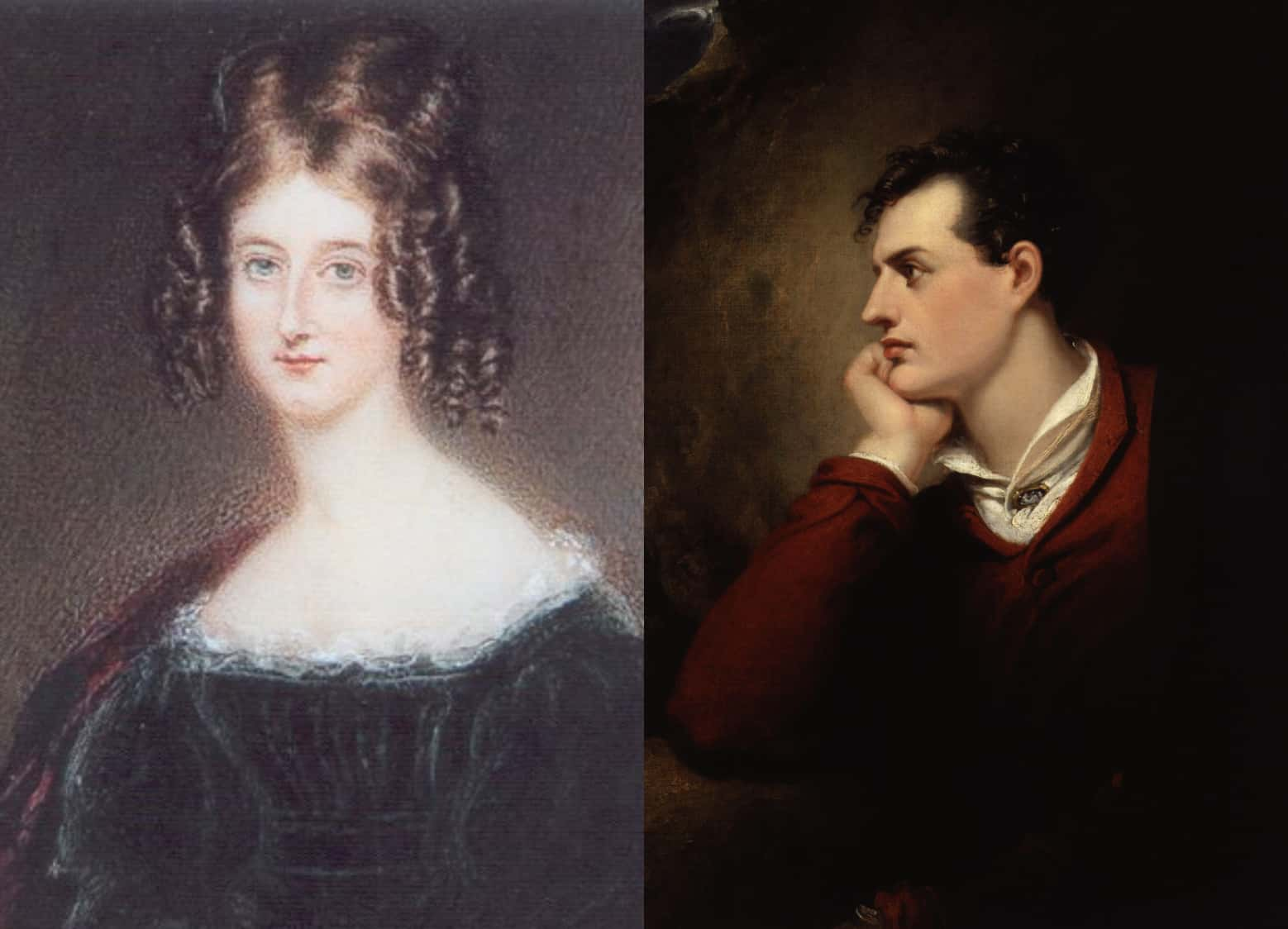
45. Til Debts Do Us Part
Whether or not these rumors are true, they spurred Byron into a quick marriage with Annabella Millbanke, the mother of his legitimate daughter Ada. Unsurprisingly, it was not a happy union. Pretty soon, Millbanke became certain that Byron was insane and still obsessed with his half-sister Augusta. She separated from him and he, still dogged by rumors and his many debts, fled to mainland Europe. He would never return while he was alive.
46. It’s All Greek to Me
The last years of Byron’s life were spent in Greece, trying to raise money for the Greeks as they struggled to fight for independence from the Ottoman Empire. Another of his hobbies while in Greece? For some scholars and biographers, Byron's great passion was lusting after young men. In a poem about a Greek boy named Lukas Chalandritsanos (who was either ignorant of Byron's feelings or playing hard to get), Byron moans that though "thou lov'st me not," he will "strongly, wrongly, vainly love thee still."
47. The Casanova Poet Passes Away
In February 1824, Byron suddenly took ill. Though it seemed for a while that he might recover, he succumbed to a severe fever in April and departed this life within a few days. Historians continue to contemplate his sudden departure, but they've proposed a troubling prospect: the method used to treat Byron's illness involved blood-letting, which was probably done using non-sterilized instruments. With such unsanitary conditions, it's possible the great poet may have succumbed to sepsis. He was 36 years old.
48. Over in Wales...
In one of Lord Byron's letters about his love for Thomas Edleston, he compares the couple to famous queer duos throughout history including the intense friendship between Pylades and Orestes (figures in Greek mythology). However, modern readers probably won't recognize one of the other couples that Byron mentions: Miss Butler and Miss Ponsonby.
These women were known in 18th and 19th century Britain as the Ladies of Llangollen. After eloping together, the women settled down in Wales, living in domestic harmony for the next 50 years. The women would read and walk together, tend their farm, and pet their dogs (some of whom were named Sappho!).
49. Gentleman Jack Comes to Call
In 1822, the Ladies of Llangollen received a notorious visitor: Gentleman Jack herself, Anne Lister. For those who haven't heard of Lister or seen the recent HBO/BBC show based on her diaries, this fascinating figure has been called “the first modern lesbian". Lister never apologized for her romantic pursuit of women, nor for her traditionally masculine mode of dress or her aggressive entrepreneurial style.
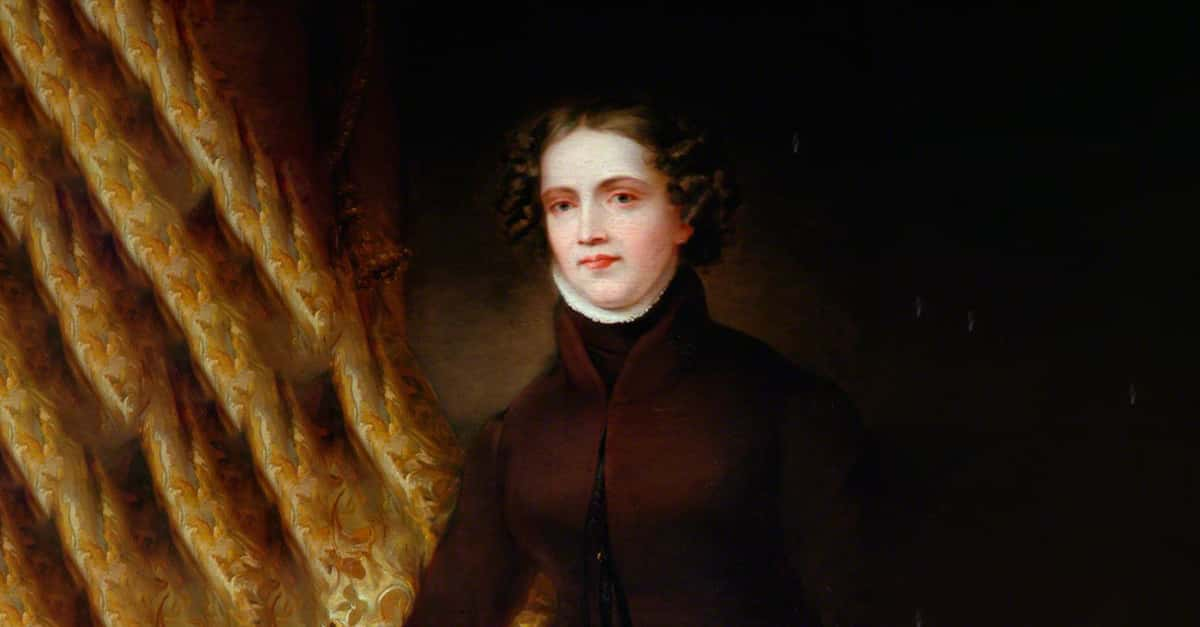 Wikimedia Commons
Wikimedia Commons
50. Small Consolation
Born in West Yorkshire, England in 1791, Lister had one sister and four brothers. However, it was far from a bustling family by the time Lister grew into adulthood: Not a single one of her brothers survived into their 20s. It was a horrendous calamity, but it also presented Lister with an exceptional opportunity: the demise of all these male successors opened the path for Lister to inherit a substantial portion of her family's wealth following her aunt's passing.
 Shutterstock
Shutterstock
51. This Old House
For generations, Lister’s family had resided at Shibden Hall, one of the oldest estates in West Yorkshire. The Tudor-style mansion was far from the most modern or fashionable estates in the county, but it had an illustrious history and beautiful grounds with 400 acres of farms, timber woods, and quarries. While Lister hated Halifax, she was completely in love with the house.
 Wikipedia
Wikipedia
52. Young Love
When she was 13, Lister was sent to the Manor House School at York. At this tender young age, Lister fell in passionate love with her school roommate, Eliza Raine. The teenage girls were utterly devoted to each other, and even planned to live together once they grew up. Sadly, they were forced apart: officials discovered the relationship and expelled Lister from the school.
 Shutterstock
Shutterstock
53. Cheater, Cheater
Lister was allowed to re-enter Manor House School after two years, but it was too late: her young love Eliza had already left the establishment. Even so, the girls had sworn to love each other forever, and Eliza was sure they would end up together soon enough. Instead, Lister dealt Eliza an absolutely cold-hearted betrayal.
In Eliza’s absence, Lister struck up a series of relationships with other girls in the school. When Eliza found out, she was so devastated that she had to be committed to an asylum.
 Shutterstock
Shutterstock
54. Mutual Acquaintances
As if she hadn't had enough sorrow already, Eliza Raine's heartbroken asylum visit contained a horribly cruel irony. Her family sent her to Clifton Asylum, an establishment run by a man named Dr. Belcombe. This Dr. Belcombe just so happened to be the father of Lister’s latest romantic pursuit, a beautiful girl named Mariana.
55. Regrets
During this time in her life, Lister was becoming confident, handsome, and utterly irresistible to many bright young women. In fact, Lister had been introduced to the lovely Mariana Belcombe by another of her conquests, a beauty named Isabella Norcliffe. Of course Lister later rejected Isabella for Mariana—again with disastrous results.
Forever stung by Anne's cruel rejection, Isabella took to drinking and remained single the rest of her life.
 Shutterstock
Shutterstock
56. Curious Renovations
Upon inheriting Shidben Hall, Lister immediately began improving the grounds. She added vast gardens, a lake, and even hired an architect to built a gothic tower on the main building of the grounds, which she then used as a library. But Lister's renovations did more than beautify; they also helped her keep company with local ladies.
Lister would gauge potential interest from companions in her library by mentioning authors who wrote about themes of same-gender relationships, and then judge the reaction of her listener. More to the point: she also constructed underground tunnels so she could avoid servants—and sneak in lovers.
57. The Lady in Black
Lister was a conspicuous figure around Halifax. She usually wore heavy leather boots, constricting bodices, and carefully tailored long coats. As a rule, she dressed in black, which she felt gave her a masculine, angular look. While the townspeople mocked Lister with the nickname Gentleman Jack, clearly, Lister's suave aesthetic appealed to many of the women nearby.
 Shutterstock
Shutterstock
58. For Love or Money
In 1832, Lister met Ann Walker, a pretty and wealthy heiress. Walker was 12 years Lister’s junior and could be a very impressionable, passive girl. At the time, Lister was in dire financial straits but had always been unwilling to marry a man for stability— so she saw long-term relationship potential in Walker, who could support her without trying to dominate her strong will.
59. The Waiting Game
Lister invited Walker to live with her and join in a relationship almost immediately. Walker was reluctant, however. Her parents had recently departed, as well as a fiancé, and she was concerned about the public perception of the situation. She asked Lister to give her six months to think it over, during which time Lister went traveling in Denmark.
When Lister returned, Walker was waiting for her at Shibden Hall, with news that she had rejected a marriage proposal from a local gentleman.From that point until Lister's final moments, Lister and Walker were inseparable. It may not have been a passionate love match from the start, but it was a love story in the end.
 Max Pixel
Max Pixel
60. Going to the Chapel
On Easter Sunday, 1834, Anne Lister and Ann Walker went to Holy Trinity Church in York. There they exchanged rings and took communion. The event is now considered the first lesbian wedding in England. It would be 180 years before the UK would officially authorize marriages of the same gender, and the Church of England still does not recognize such unions.
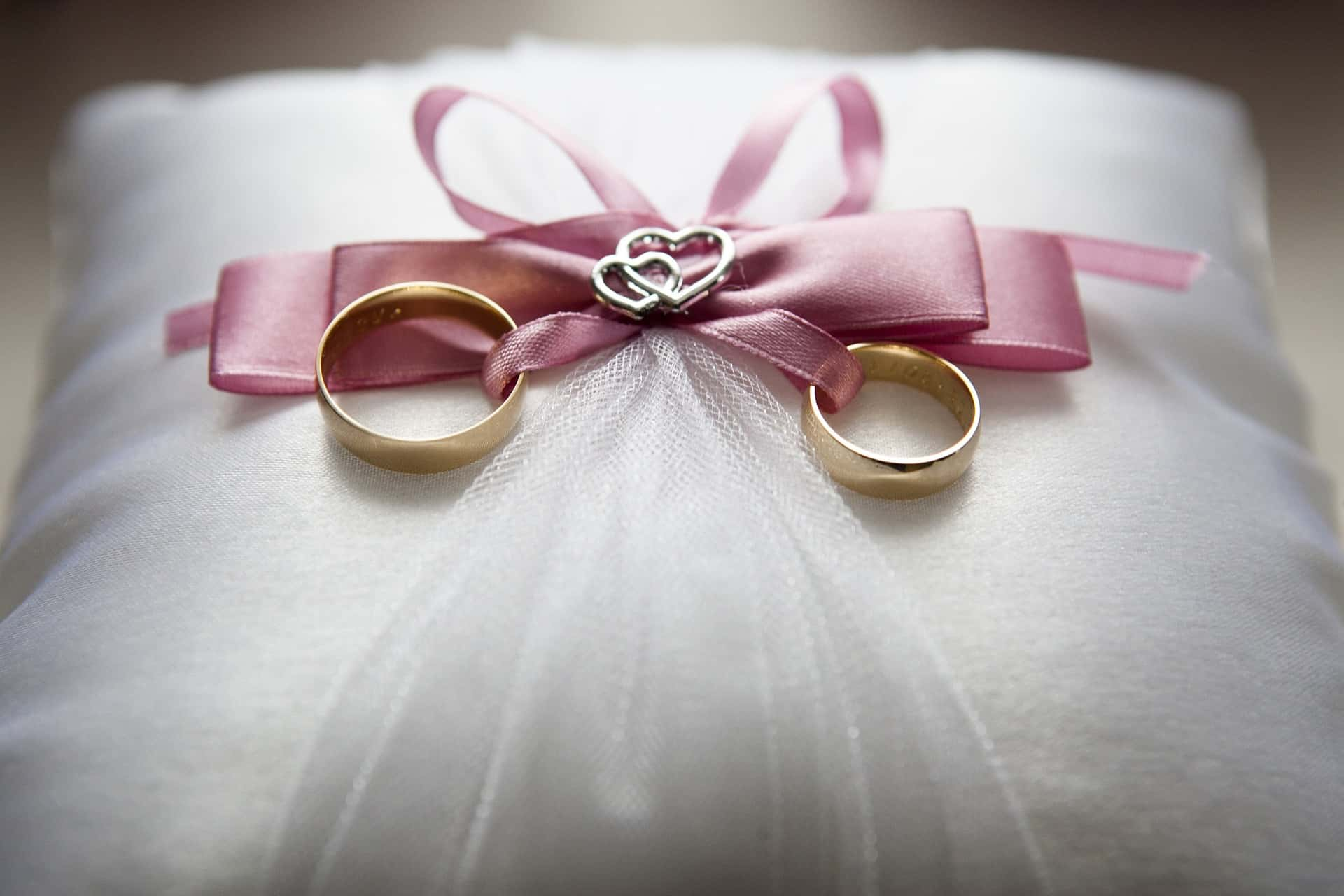 Pixabay
Pixabay
61. Third Wheel
Shockingly, though, this was far from Lister's first marriage. Years before her vows with Walker, Lister had previously shared a ceremony with Mariana Belcombe, going so far as to exchange rings as well. It did not end happily: Mariana eventually married a man, voiding the emotional union and crushing Anne—but that was far from the worst part.
Unable to let Mariana go, a heartbroken Lister even accompanied her newly-wedded friend on her honeymoon. Sounds awkward, to say the least.
 Shutterstock
Shutterstock
62. Breaking Up Is Hard to Do
In spite of the marriage—and Lister’s brief affair with Mariana’s older sister—Lister and Mariana couldn't stay away from each other. The next year, they fell back into bed with one another, despite the looming presence of Mariana's new husband. Again, heartbreak was around the corner: it finally ended 1823, when Mariana decided she could no longer risk the gossip that followed them.
63. Ticked Off
In 1840, Lister and Walker took a trip through Eastern Europe. The pair had now been together for six long, happy years—but they couldn't have known the tragedy that was to come. While hiking in Georgia, a tick bit Lister and she developed a fever, passing away quite suddenly shortly thereafter. She was only 49 years old, and the widowed Walker was still in her 30s.
64. Coming Full Circle
As per Lister’s will, Walker inherited Shibden Hall. Walker’s family, however, were convinced that she was mentally unfit. Once Lister was buried, her family broke into the hall, along with a doctor, a lawyer, and a policeman. Walker was armed, and seemed prepared to defend herself, but, in the end, she was taken away to Clifton Asylum.
Ironically, the same asylum that once housed Anne Lister’s first love now housed her last.
65. A Wilde Life
Towards the end of the 19th century, Oscar Wilde would also encounter punishment due to his non-traditional preferences. But before that incident, Wilde was legendary for his wit and cleverness. This Irish writer has even been called one of the first modern celebrities, as he built his public persona with great care, delivering quotes that became immortalized instantly. Despite his eventual imprisonment and self-imposed exile, Wilde’s genius could not be suppressed.
66. Marriage, if Not Love
On May 29, 1884, Wilde married Constance Lloyd, who became the mother of his two sons Cyril and Vyvyan just two years later. The daughter of an Irish barrister, Lloyd was also, like her husband, a published writer. We will never know when she became aware of her husband's affairs with other men, but they were sexually estranged from each other after Vyvyan's birth.
67. From the Mouths of Babes
Allegedly, Wilde once lectured his sons on what would happen to bad boys who made their mamas cry, only for them to ask him what happened to papas who made mamas cry. If this incident did happen, we can imagine that for once in his life, Wilde might have been rendered speechless. Despite this heartbreaking comment, Lloyd and Wilde never found genuine happiness together.
In the years to come, the couple would not officially divorce, though they also were not co-parents. Lloyd even changed her surname and that of her sons to Holland to save the children from the scandal of Wilde's imprisonment.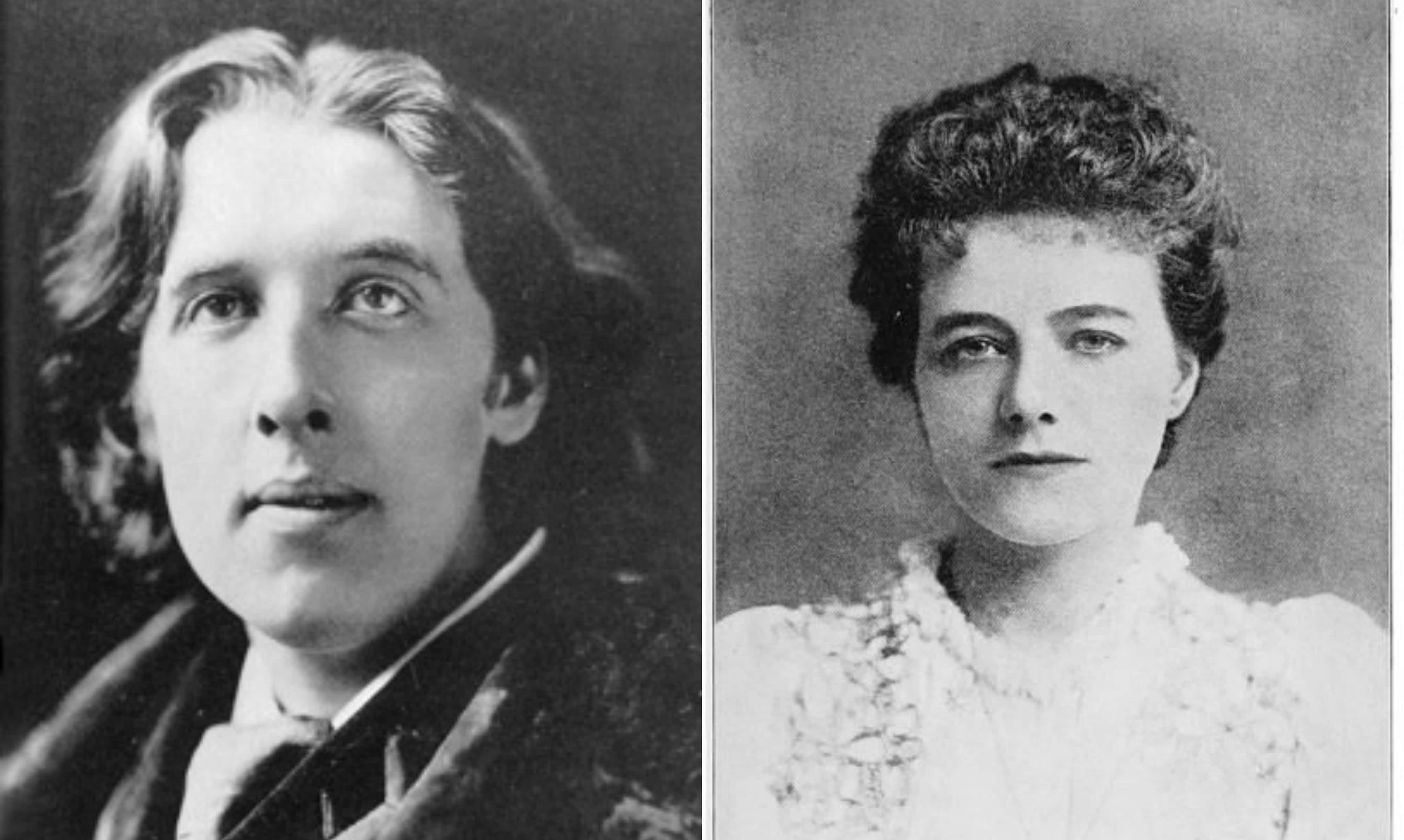
68. When Oscar Met Robbie
Just two years into his marriage, Wilde met a 17-year-old Canadian living in England named Robbie Ross. Ross and Wilde entered into a love affair, Wilde’s reported first in a line of several. Of all Wilde's partners, it was Ross who proved the most loyal. Ross provided emotional and financial support to Wilde during his final years of exile and was with him during the last days of his life. After Wilde's departure, Ross regained all the rights to Wilde’s literary work and would confront anyone publishing work under Wilde’s name.
69. Stormy Passion
But nice guys, as they say, finish last. By 1891, Wilde fell head over heels in love with Alfred Douglas, the spoiled and reckless son of the Marquess of Queensberry. Wilde and Douglas had a turbulent relationship with many breakups and reconciliations. No matter their relationship status, Douglas milked Wilde for his money and success.
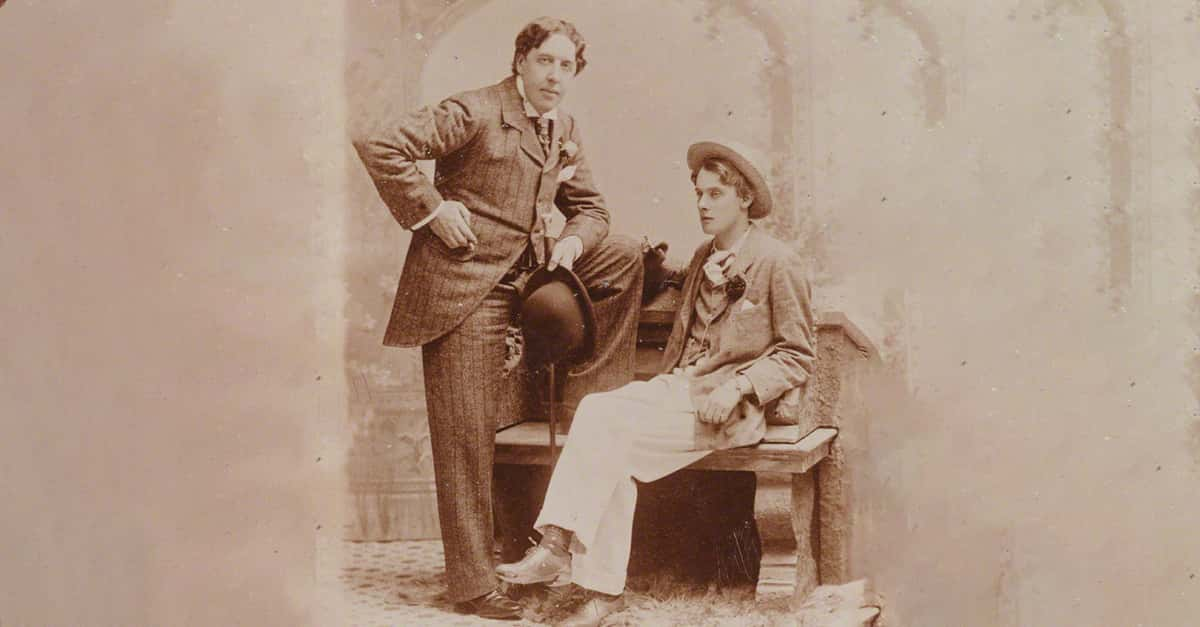 Wikimedia
Wikimedia
70. An Abusive Relationship
Douglas’s selfishness constantly damaged his relationship with Wilde. Once, Douglas became sick with influenza. Wilde patiently looked after him in his illness, but Douglas refused to return the favor when Wilde fell ill with the same condition. Instead, Douglas got a room at the Grand Hotel and sent Wilde a bill for the room on his 40th birthday. Talk about a considerate birthday gift…
And spoiler, this kind of behavior will be repeated. Reader, beware...
71. Oh Snap!
Both Wilde and his secret lover, Alfred Douglas, contended with Douglas’s brutish father throughout their relationship. Mr. Douglas, otherwise known as the Marquess of Queensberry, feuded constantly with his son, and instantly developed suspicions about Douglas’ relationship with Wilde. In 1894, Queensberry confronted Wilde, declaring "I do not say that you are it, but you look it, and pose at it, which is just as bad. And if I catch you and my son again in any public restaurant I will thrash you!”
Wilde, always ready for a battle of wits, replied "I don't know what the Queensberry rules are, but the Oscar Wilde rule is to shoot on sight."
72. Goaded Into a Lost Battle
On February 18, 1895, the Marquess of Queensberry left a note at Wilde’s club, accusing him of being a “posing somdomite” (he wasn’t great at spelling). Wilde had no choice but to sue the Marquess for libel. However, Queensberry’s lawyers immediately hired private detectives to investigate Wilde’s numerous affairs with other men to prove that Queensberry wasn’t guilty of libel, and thus leave Wilde vulnerable to prosecution for sodomy.
73. Things Fall Apart
Much to Wilde’s dismay, Queensberry found both ample evidence and several witnesses who confirmed Wilde’s secret affairs and exposed them to the public. The response was so excitable that at one point during the court proceedings, a devastated Wilde felt compelled to remind the court that he was supposed to be the prosecutor in the case. Queensberry was exonerated, and as Wilde left the court, a warrant for his arrest was issued. No doubt Queensberry had a good laugh about that…
74. Who Do I Listen to?
Defeated in his libel lawsuit against the Marquess of Queensberry, Wilde struggled with profound indecision. Robbie Ross encouraged him to depart before he was caught, but his mother insisted that Wilde stay and face the situation, standing strong against those who wanted to persecute him. Wilde ended up doing the latter, but whether he did it out of inaction or defiance is anyone’s guess.
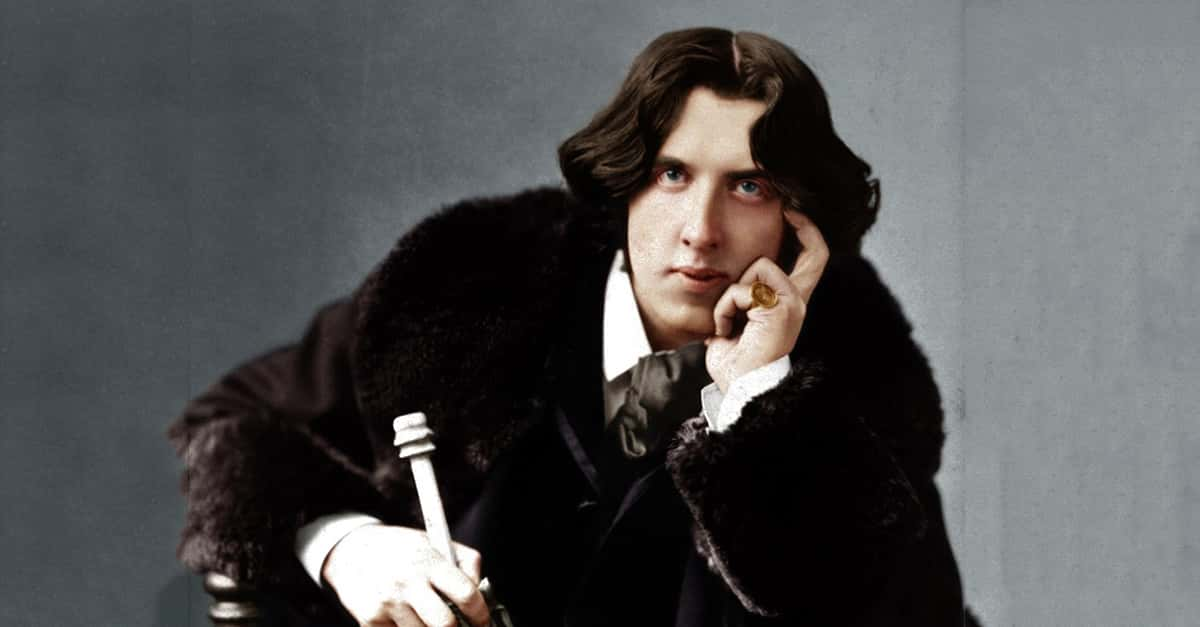
75. No Turning Back
Wilde became the first well-known individual to face trial under the Labouchere Amendment. This legislation was part of a broader law criminalizing and punishing LGBTQ+ intimate activities with potential sentences of up to two years' hard labor. However, what people don’t usually remember is that the trial initially ended with a hung jury. They couldn't make up their minds about whether Wilde was guilty or not.
Some jurors proposed that the courts dismiss the case, as they believed that the judiciary system and the media had treated Wilde in an appalling manner. In the end, the Solicitor General Frank Lockwood declined to let Wilde go. The Irish writer was punished with two years of hard labour. Douglas never sent him any letters.
75. Team Ross
When Wilde finished his sentence, he lived out the rest of his days in Paris. While Wilde certainly could have used a friend, Douglas continued to be selfish and cruel. Upon his father's passing, Douglas inherited the estate (and significant wealth). After Douglas' spending led Wilde into tremendous debt (and their relationship resulted in Wilde being incarcerated), did he send any funds towards Wilde? Of course not!
Douglas denied Wilde an allowance, but when Wilde's life came to an end in 1900, Douglas was also the chief mourner...somehow. In any case, Douglas also allegedly got into a furious fight with Robbie Ross at the grave of their mutual lover. If it did happen, we’re on Ross’s side.
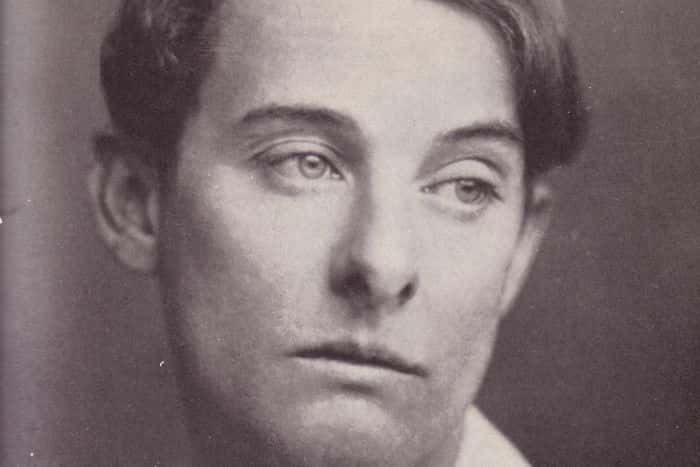 ABC
ABC
76. Reunited Again
Since 1909, Wilde has been interred in the Père Lachaise Cemetery. His longtime lover and companion, Robbie Ross, commissioned Wilde's tomb, asking for a small compartment to be made for his own ashes for the time when he would no longer be among the living. In 1950, Ross got his wish. His ashes were joined in the tomb with Wilde. Excuse us, we have to finish cutting some onions.
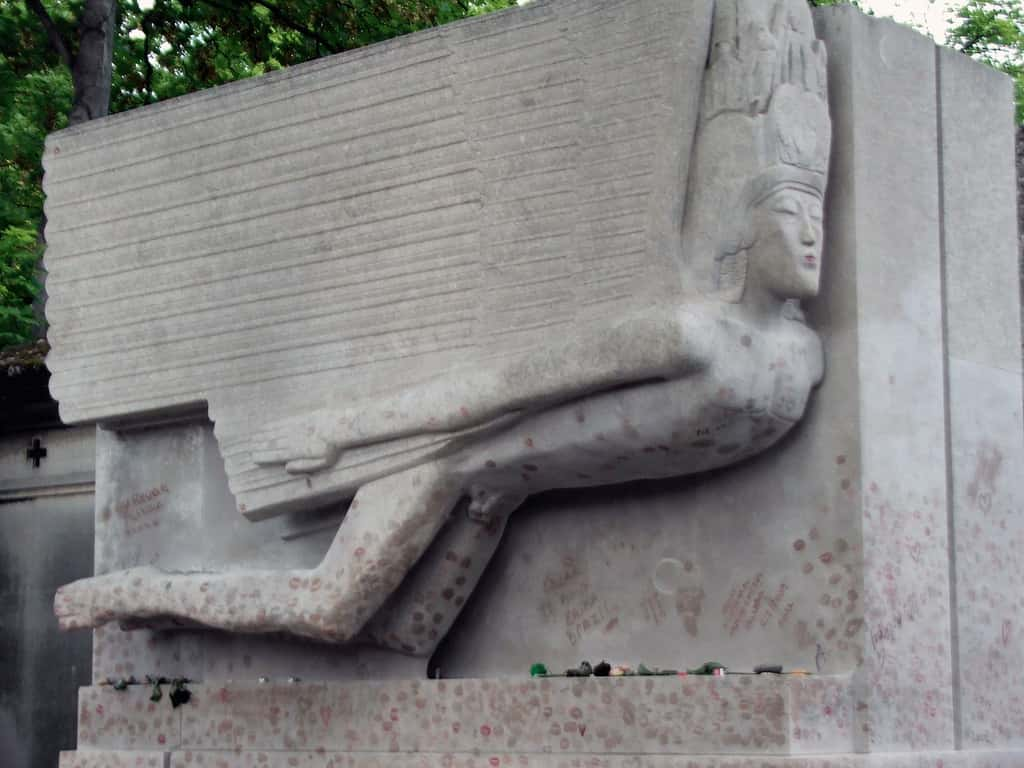 ParisByM
ParisByM
77. From Wilde to a Woolf
Virginia Woolf didn't love Oscar Wilde's writing, but then again, the Modernists did nothing if not rebel against convention. Ever the non-conformist, Woolf pioneered an entirely new kind of writing (stream-of-consciousness) and experimented with various forms of narration in her novels and stories. A true artist, Woolf also drew her own covers and printed some of her own books.
Today, Woolf is considered to be one of the most important and influential modernist writers of the 20th century. She's also, of course, a key figure in queer history. Woolf enjoyed relationships with men and women, and wrote one of the most iconic queer novels of all time: Orlando (1928).
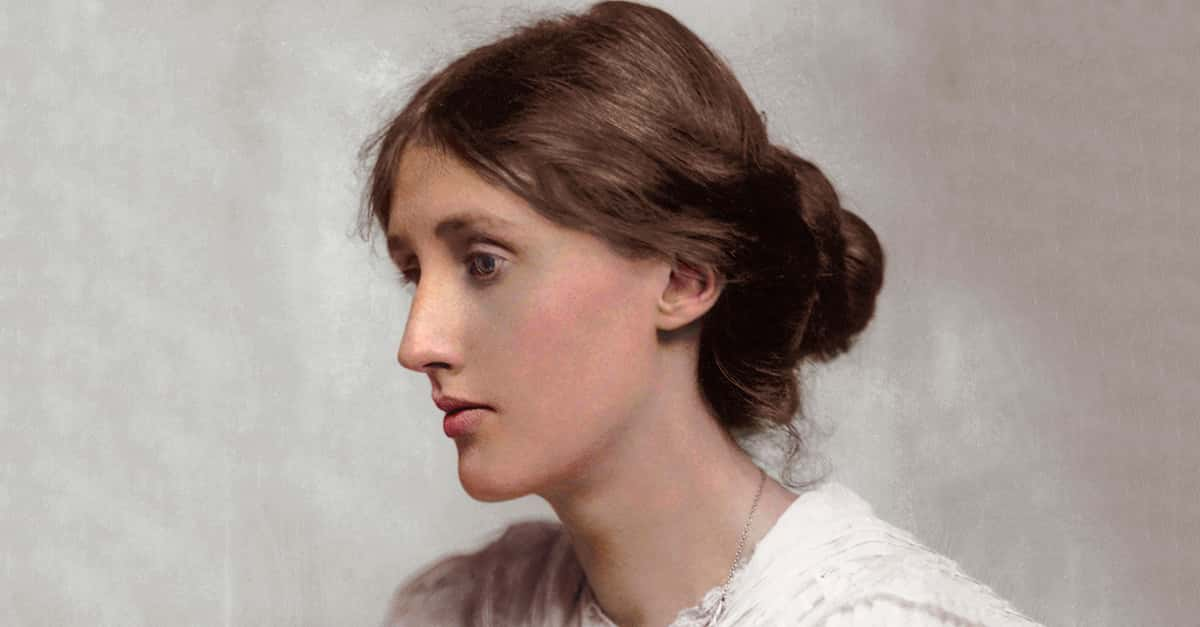
78. Woolf’s Women
Woolf adored several women throughout her life. For example, Woolf was infatuated with her uncle's wife, Madge Symonds, and even based the character of Sally in Mrs. Dalloway on her aunt.
Somewhere around 1901-1902, Woolf met two other interesting women. The first, Kitty Maxse, was married to the editor of the National Review. Woolf’s mother introduced them, hoping they would become friends. This didn’t quite happen, though Maxse did become the inspiration for Clarissa Dalloway.
The other, Violet Dickinson, was over six feet tall, intelligent, and quite unique. Of course, Woolf fell head-over-heels in love with her. Nothing ever came of Woolf's feelings, but they remained friends for several years.
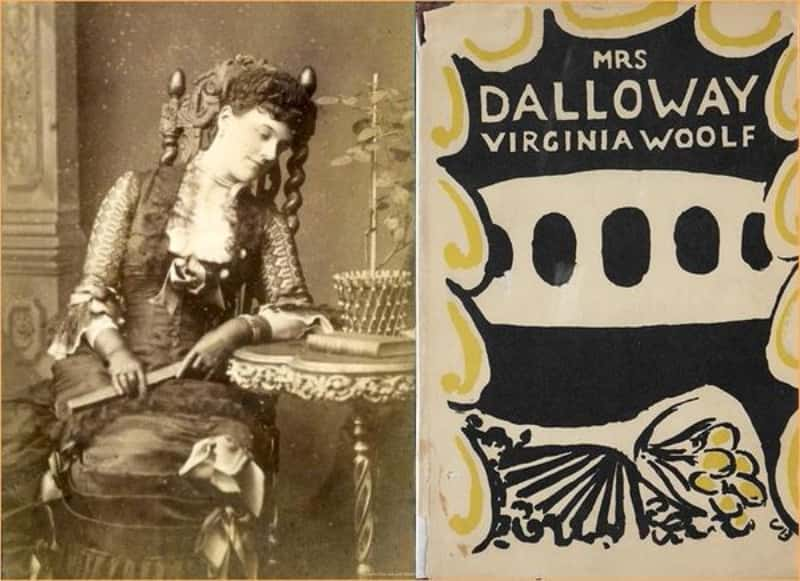 Donostia Book Club
Donostia Book Club
79. Uncommon Bond
Woolf's most intense romantic relationship was with Vita Sackville-West, an English poet, landscape designer and novelist, who Woolf met in December 1922 at a dinner party. The relationship began on a professional note, with Woolf inviting West to publish a novel with her small press, Hogarth. From that, the pair first became friends, and then lovers in 1925.
At the time, it was a bit of an odd courtship. Both women had husbands, and Woolf was a decade older than Sackville-West. The affair only lasted a couple of years, but they maintained their close friendship until Woolf's departure from this world in 1941.
 Early Bird Books
Early Bird Books
80. A Long Love Letter
Woolf’s 1927 novel Orlando follows a gender-crossing aristocrat who lives for 400 years and has relationships with both sexes. She dedicated the book to its inspiration: Vita Sackville-West. Sackville-West's son described the novel as "the longest and most charming love letter in literature". How romantic!
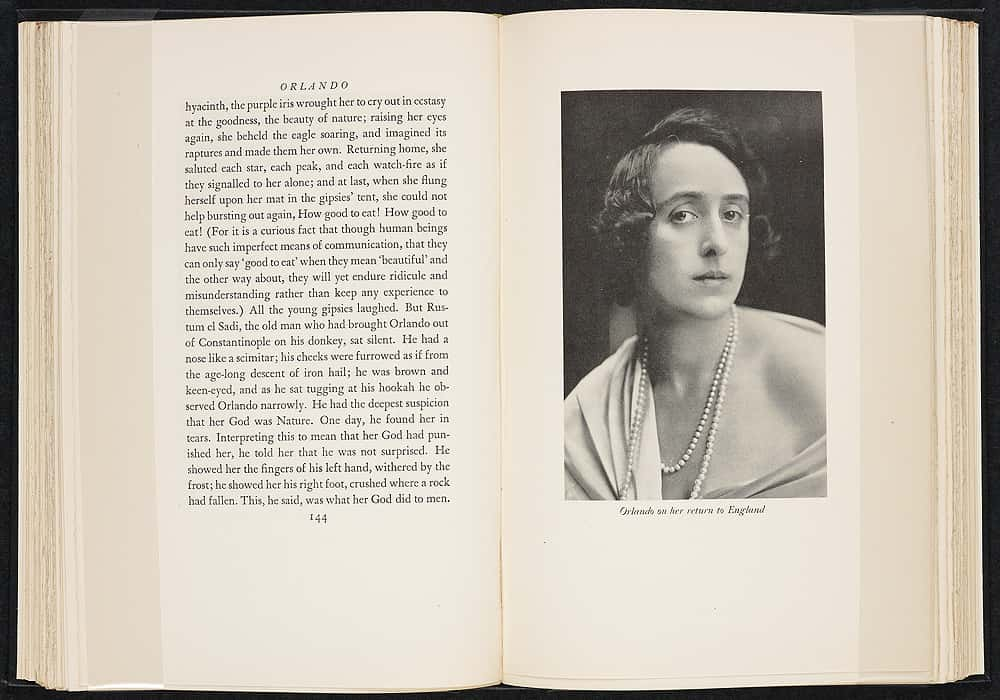 Smith College
Smith College
81. Open-Minded Intellectuals
Both Woolf and her husband Leonard were members of a society known as The Bloomsbury Group. Formed by well-educated, privileged, and middle-class people including the writer E.M. Forster, Vanessa Bell (Virginia Woolf's sister), and Vanessa's husband Clive, the Bloomsburies were pretty radical for the time.
The group rejected Victorian ideals and held highly progressive attitudes. They supported gay rights, women in the arts, pacifism, and free love. With ideals like that, they’d be right at home in today’s world (or at least in the 60s).
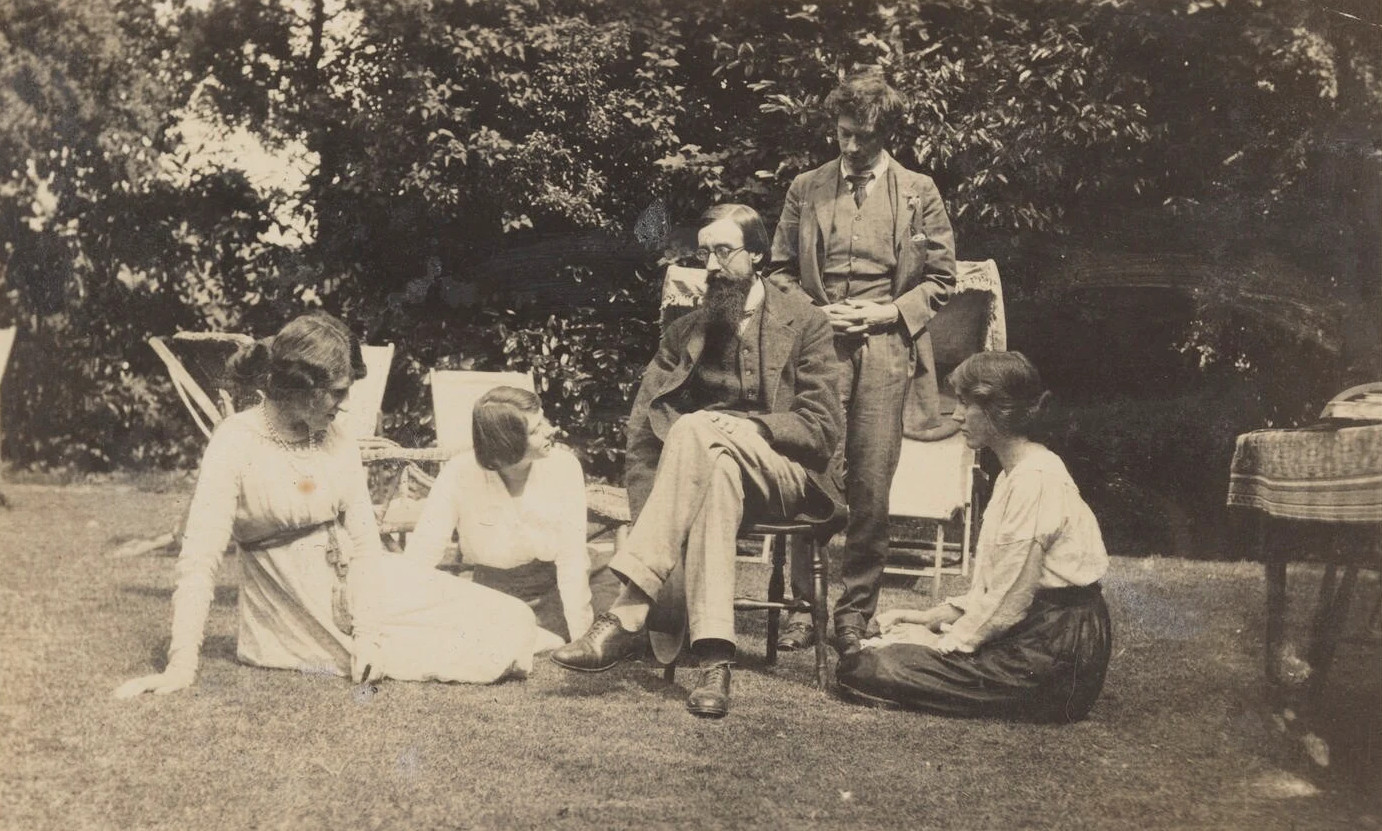 Wikimedia Commons
Wikimedia Commons
82. Punking the Royal Navy
On February 7, 1910, passengers traveling through Paddington Station, London noticed an odd-looking group boarding the train. At first glance, the group seemed to be made up of bearded, foreign men with turbans, gold chains and extravagant robes, accompanied by two Brits in suits. In reality, the men were not foreign. They weren't even men.
They were Virginia Woolf, her brother Adrian, painter Duncan Grant, and other members of the Bloomsbury Group. The hoax involved convincing the Royal Navy that they were Abyssinian princes and getting a special tour of the flagship HMS Dreadnought.
The fake delegation received the royal treatment. The press took their photograph and they felt very smug for pulling off the prank. Much to their surprise (maybe), word got out about the prank, and they ended up on the cover of The Daily Mirror. The hoax humiliated the Navy, with the organization calling for the jokester's arrests. That didn’t quite happen, but you can see their point!
 The Guardian
The Guardian
83. 24-Hour Engagement
Intelligent and beautiful, Virginia Woolf had many admirers of both genders. On Feb. 17, 1909, these qualities led her close friend and fellow writer Lytton Strachey to propose. Strachey himself had a particular orientation and harbored personal reasons for desiring marriage, but the moment the words exited his mouth, he experienced regret.
To make matters worse, Virginia accepted him, and Strachey couldn’t quite manage to talk his way out of it that day. The next day he retracted his proposal. Woolf understood and the two remained great friends. Strachey would even play Cupid for Virginia, as we'll see!
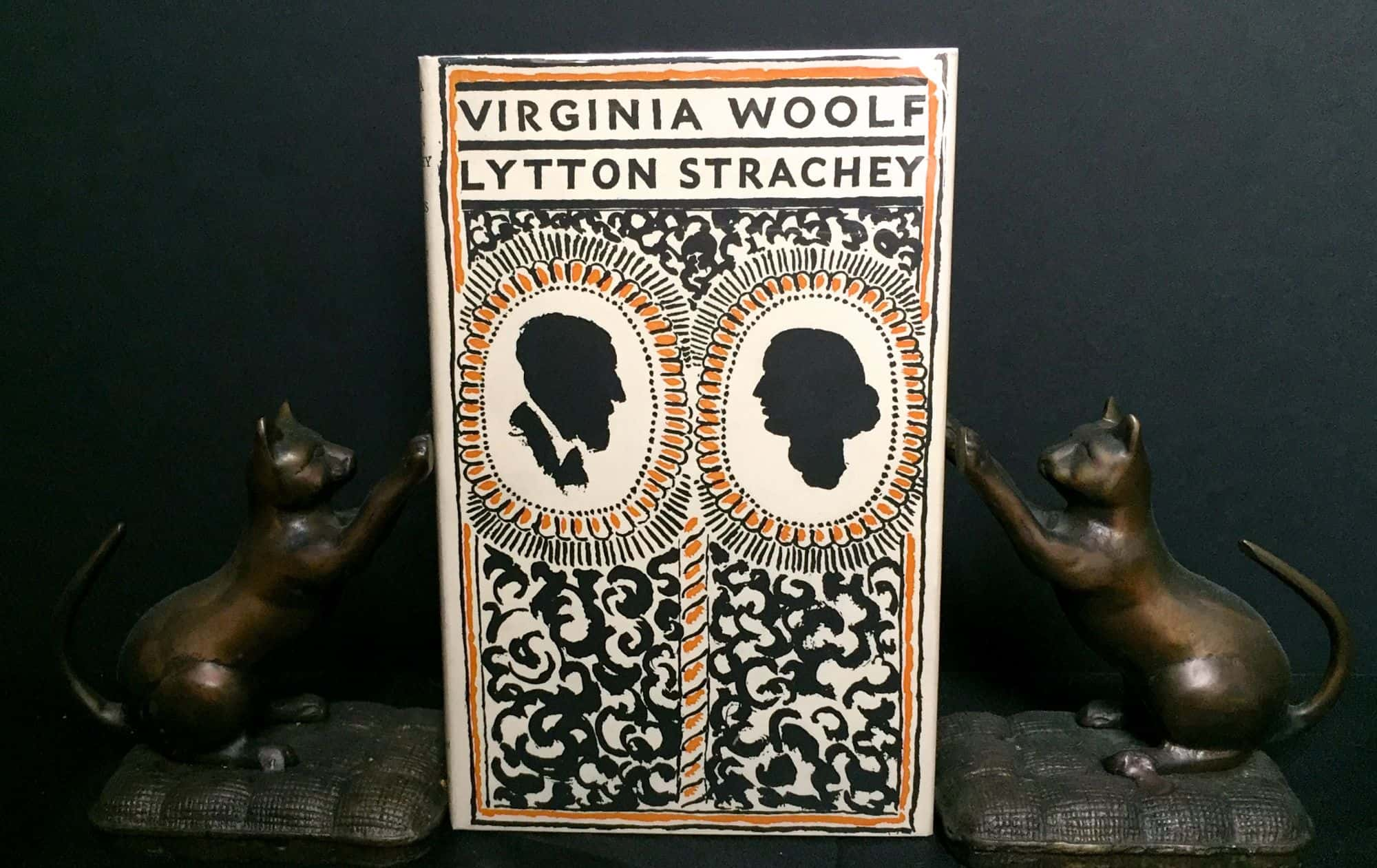 Borg Antiquarian
Borg Antiquarian
84. Dude—You Should Totally Marry Her!
Lytton Strachey and Leonard Woolf became best buds while studying at Cambridge. After his regretful proposal to Virginia, Strachey had a novel idea—Woolf should marry her! Woolf was quite taken with Virginia when she came to the college to visit her brother. Naturally, he loved the idea. Leonard asked Strachey to find out if Virginia would marry him, and if so, he would hop on the next boat home. Virginia, not knowing him very well, thought it was a joke and gave no answer...yet.
85. Meeting Again
Fast forward two years to Leonard Woolf’s return to England. He and Virginia make each other’s acquaintance again. Soon, he rents rooms on the top floor of her and her brother Adrian’s house, and the pair begin dating. Throughout the initial half of the year, Woolf proposes to Virginia twice, but the entire notion of marriage and physical intimacy concerns her, leading her to refuse.
On Leonard's third attempt, Virginia finally accepts him, and they marry in August, 1912.
86. Tangled Relationships
The Bloomsbury group had no problem with open relationships. Aside from Woolf’s relationship with Vita Sackville-West, her sister Vanessa had a child with her lover, painter Duncan Grant. One might have wondered what her husband thought of this development, but he was cool with it! He encouraged the affair and generously raised their daughter as his own.
In an even more bizarre twist, when their daughter grew up, she married Grant’s former male lover David Garnett, not knowing what his relationship had been to her father. That marriage didn’t last, but at the time, she completely loved with him. Freud would have had a field day with that one!
 Video Blocks
Video Blocks
87. No Objections
At the time of her affair with Vita Sackville-West, Woolf was happily married to Leonard Woolf. Reportedly, her husband knew about the affair and wasn’t bothered in the least. In a diary entry, Virginia described the affair as a bore to her husband and “not enough to worry him". She also went on to say that “one has room for a good many relationships,” so it obviously didn’t concern her either.
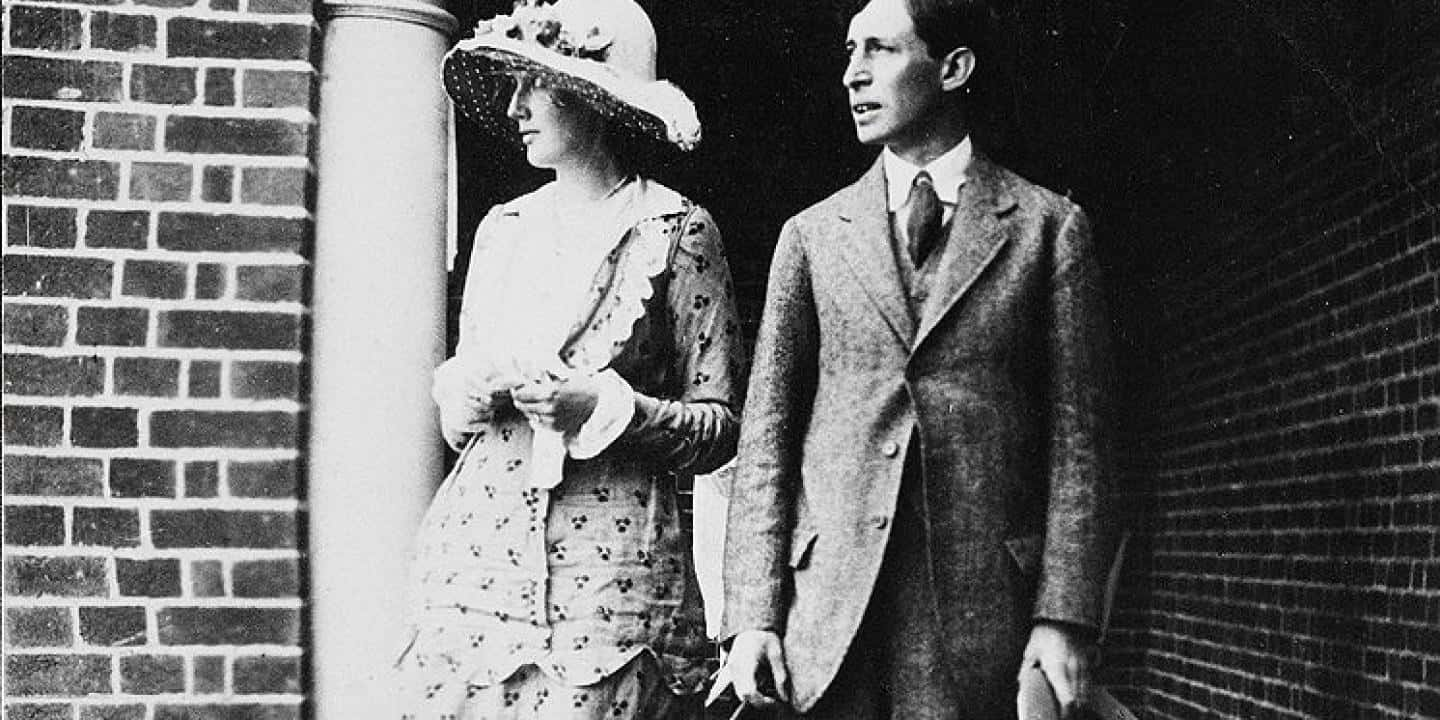 Woman Tribune
Woman Tribune
88. Something Sinister
Woolf's half-brother George Duckworth was a handsome 27-year-old at the time their mother left this world, and by all appearances, he was a source of comfort and extremely kind to Virginia and Vanessa. However, it was later revealed that Duckworth sexually abused his two young sisters behind closed doors, but they told no one until adulthood.
Not knowing what was really going on, the girls’ intense dislike for George puzzled many people. In retrospect, it's easy to understand their discomfort. Duckworth emotionally scarred both girls for life, and affected the way that Woolf handled her own sexuality forever. After an experience like that, who could blame her?
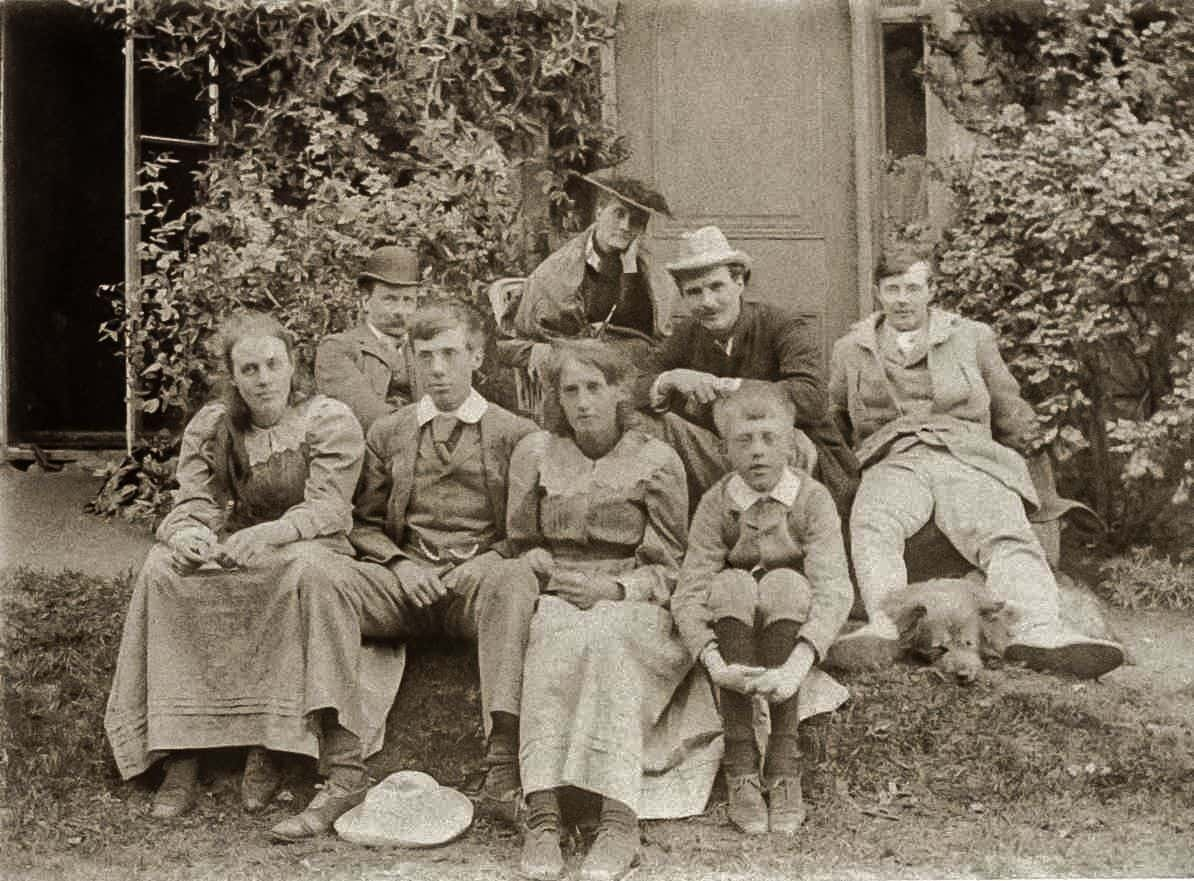 Pinterest
Pinterest
89. Eternal Companions
Leonard Woolf was devastated by Virginia's untimely passing. Throughout their 29-year marriage, he took care of her through her breakdowns and attempts on her own life. Upon her demise, friends reported him to be inconsolable. Leonard had Virginia's body cremated and buried her ashes under one of the two intertwined Elm trees in their backyard, which they named after each other in happier times. When Leonard's life came to an end, his body was cremated, and his ashes were placed alongside Virginia.
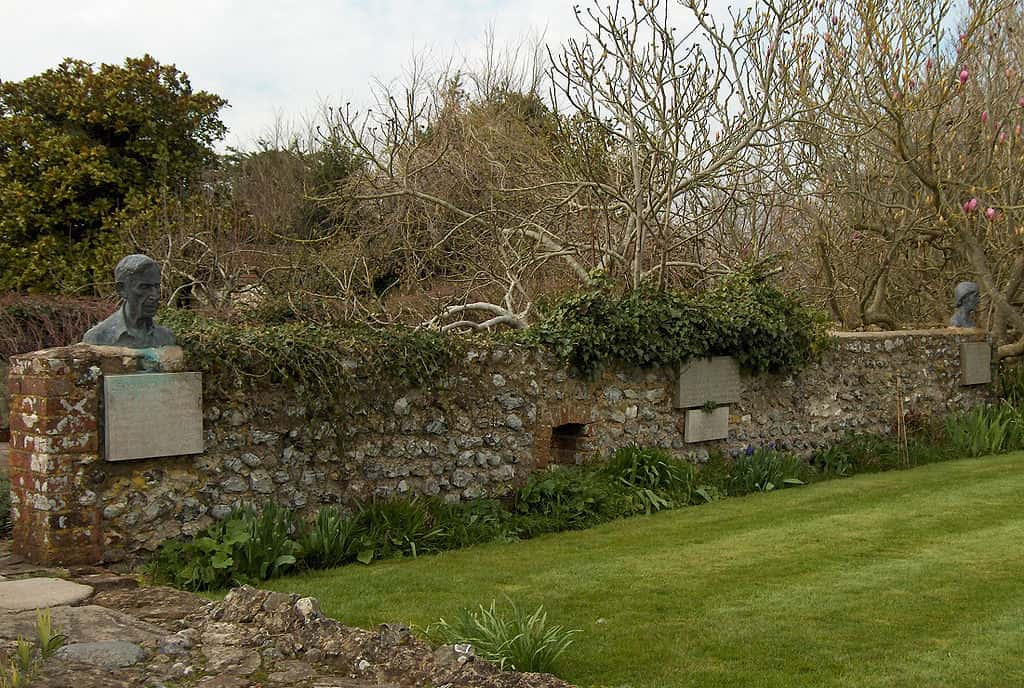 Wikipedia
Wikipedia
90. The Reluctant First Lady
In 1949, Virginia Woolf's Hogarth Press published a pioneering, though now sadly neglected work of queer fiction: Olivia. Though the novel was anonymous, its author was Dorothy Strachey, the sister of the same Lytton Strachey who urged Leonard Woolf to marry Virginia. The novel concerns a young woman's passion for her teacher, based on the real figure of Marie Souvestre, a well-known educator and lesbian. Despite the loving homage in Olivia, Souvestre's most famous pupil was not Strachey. It was Eleanor Roosevelt.
It’s hard to think of a First Lady who played a more influential role in her lifetime than Eleanor Roosevelt. While her husband Franklin D. Roosevelt became known for his leadership in the Great Depression and WWII, Eleanor earned a glowing reputation for her work in defending human rights and shaping the role of the First Lady into what it is today.
91. They Took the Midnight Train Going…to Tivoli
Roosevelt only truly got to know Franklin Roosevelt, her future husband, when they met by chance on a train in 1902. Prior to that, the two had almost never met, even though Franklin was her father's fifth cousin. From there, they would develop a secret romance through furtive letters.
92. Noble Causes
Even before her husband’s election to the White House, Roosevelt was involved with several public causes. Working with the Women’s Trade Union League, Roosevelt campaigned for a 48-hour work week, an established minimum wage, and a ban on child labor in the United States. Roosevelt would also hold press conferences where only female journalists were welcome. As a result, many news agencies ended up hiring their first female reporters, breaking new ground for women across the US.
93. More Than Friends?
One of the most important and fascinating relationships that Eleanor had was with Associated Press journalist Lorena Hickock, who covered the future First Lady in the final months of Franklin's presidential campaign. Eleanor frequently wrote Hickock multi-page letters with contents like "I want to put my arms around you & kiss you at the corner of your mouth." She even wore a sapphire ring gifted to her by Hickock at Franklin's inauguration.
94. Mortal Enemies
Roosevelt’s liberal causes, including her staunch support for civil rights, earned her the undying enmity of notorious FBI director J. Edgar Hoover. Roosevelt took serious issue with Hoover’s intrusive surveillance tactics, and in turn, Hoover kept quite a large file on Roosevelt. Ironically, J. Edgar Hoover could also be on this list: he was apparently tormented by feelings for his friend Clyde Tolson.
95. Alright, That’s Enough
Roosevelt staunchly opposed discrimination based on race in a time when segregation was a socially-accepted institution. Her defiance took Alabama by storm in 1938 when she attended the Southern Conference for Human Welfare in Birmingham.
As she entered, an employee told Roosevelt that segregated seating would separate white and black attendees. Roosevelt was unimpressed. The First Lady actually ordered someone to measure out the distance between the black and white seating areas, and then sat down in the center of the law-enforced distance, daring anyone to arrest her in this no-man's land. Nobody did.
96. Well, This Is Awkward…
In the fall of 1918, Eleanor discovered several love letters between her husband and a woman named Lucy Mercer while unpacking one of Franklin's suitcases. Mercer was his secretary, and the affair and its discovery shattered the marriage. Franklin even wanted to divorce Eleanor and marry Mercer, but his own mother—of all people—talked him out of it. From then on, the Roosevelt union was strictly professional, with Eleanor focusing on her philanthropic work.
97. Farewell, Great Lady
Eleanor Roosevelt succumbed to cardiac failure on November 7, 1962 at the age of 78. In her final days, her daughter Anna took care of the former First Lady. The nation (and the world) mourned Eleanor's passing greatly mourned: at her funeral, the political leader Adlai Stevenson asked, "What other single human being has touched and transformed the existence of so many?"
98. The Black Pearl of Paris
With her devotion to promoting equality, Eleanor Roosevelt would have highly esteemed similar efforts by the Black Pearl of Paris, Josephine Baker.
Often referred to as the Beyoncé of the 1920s, Josephine Baker lived a dozen lives in her one lifetime. The African-American singer made France her home, rising to stardom for her legendary dance moves, sultry voice, and original sense of vaudeville humor. But why doesn’t history talk more about the “Black Pearl” of Paris? What was the deal with her many marriages? Did men literally tear each other apart for her favor? Which big names in art and history did she rub elbows—and other things—with?
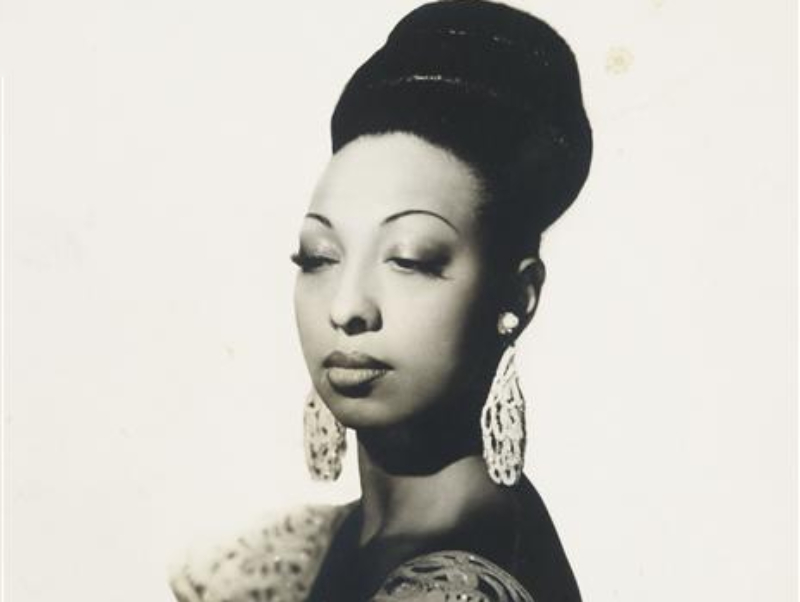 Studio Harcourt, Wikimedia Commons
Studio Harcourt, Wikimedia Commons
99. Room for 12 More
Beating the likes of Brangelina by decades, Josephine Baker adopted 12 foster kids of many ethnicities and nationalities. She called her family “The Rainbow Tribe” and said that she wanted to prove that “children of different ethnicities and religions could still be brothers". The "tribe" lived on her estate of hotels, farms, and rides. Baker would charge admission to visitors who wanted to come in and watch her children play and sing.
In the skeptical words of her son and biographer Jean-Claude Baker, “she wanted a doll". A softer take on their “quirky” upbringing comes from her Japanese son, Akio, who described Baker as “a great artist, and she was our mother. Mother makes mistakes. Nobody’s perfect".
100. There Can Only Be Four
It’s said that Josephine Baker received more than 1,500 proposals from men over the course of her life. That makes it all the more impressive that she got married only four times.
101. Playing for Both Teams
Baker’s bisexuality was an open secret. She entertained several female lovers—notably during her years in the United States, where segregation laws forced her into boarding houses instead of the hotels where she built her fame.
Odes to her “roommates” came in the form of songs like “J’ai Deux Amours” (“I Have Two Loves”). Fans and critics often interpret this song as “Oh, she’s talking about her love for both America and France". But as time went on, people like Jean-Claude Baker, her biographer and adopted son, saw the subtext (and sexuality) for what it was.
 Wikimedia Commons
Wikimedia Commons
102. Going Bananas
Josephine Baker is probably most associated with her banana-skirted dance, the “Danse Sauvage". Beyond the fashion statement, the act revolutionized how dancers thought about movement itself. To quote one scholar, “Where European dancers showed the front, presenting the body as a unified line, Baker contrived to move different parts of her body to different rhythms. Most shocking to dance purists, she used her backside, shaking it, as one of her biographers says, as though it were an instrument".
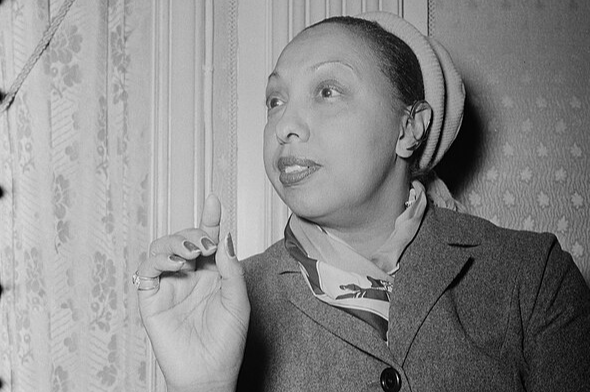 Daan Noske / Anefo, Wikimedia Commons
Daan Noske / Anefo, Wikimedia Commons
103. She Will Not Be Denied
Despite her immense popularity, Baker still faced challenges in finding accommodations in 1950s New York due to the segregation practices of the era. In fact, she and her husband were turned down at 36 hotels. It’s not like she didn’t have good reason already to be heavily involved in civil rights activism; the singer wrote pro-civil rights articles and gave talks to universities on the subject well into her later career.
 Studio Harcourt, Wikimedia Commons
Studio Harcourt, Wikimedia Commons
104. Live Together or Perish Alone
Baker was well-known for refusing to perform in U.S. venues that had any form of division based on ethnicity. Even when a Miami club proposed a $10,000 offer for her to break her rule, she did not accept—the club eventually yielded to her requirements. The entire city of Las Vegas began to integrate its audiences at her request. Even with the Klu Klux Klan sending Baker menacing messages due to her integrity, Baker remained undeterred.
105. All the Ladies
In addition to Clara Smith, Baker had romantic relationships with performers such as Evelyn Sheppard, Bessie Allison, Ada Smith, and Mildred Smallwood. According to Baker's son, relationships between black female performers were pretty common. "Lady lover friendship," as he called it, ensued from shared experiences. These performers frequently united against structural maltreatment from superiors and prejudiced housing policies.
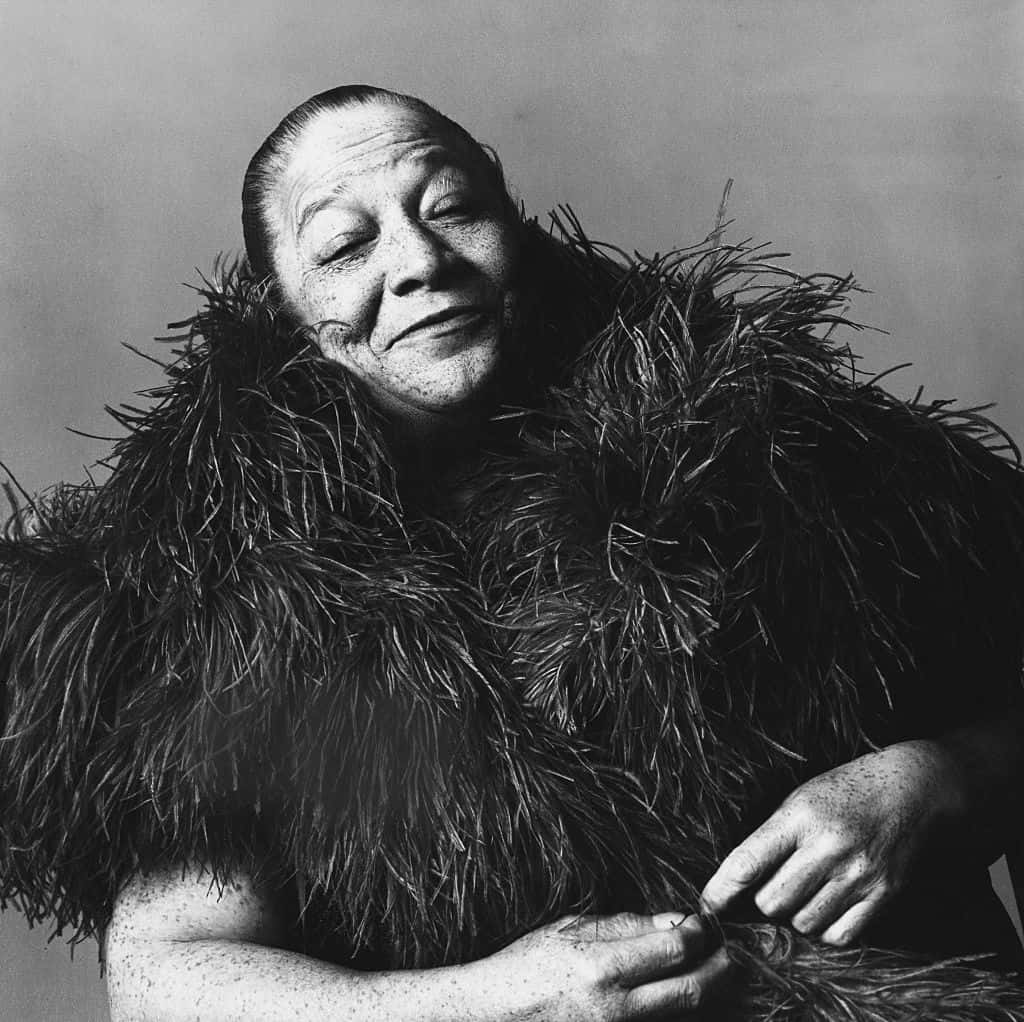
106. The Art of Romance
Frieda Kahlo is perhaps the most famous of Baker’s (rumored) female lovers. The Mexican artist met Baker on a 1939 visit to Paris. Awkwardly, Kahlo’s husband was traveling with his wife through this European trip.
107. The Secret Star Package
As a French Resistance spy in WWII, Baker utilized the elements of her superstar lifestyle for tactical purposes. For one, the large piles of “sheet music” that accompanied her person on tours were actually secretly coded intel. She also strategically tucked away covert images of Axis defense facilities within her undergarments—Baker would often leave the awestruck immigration officials too overwhelmed to conduct a thorough check on her belongings.
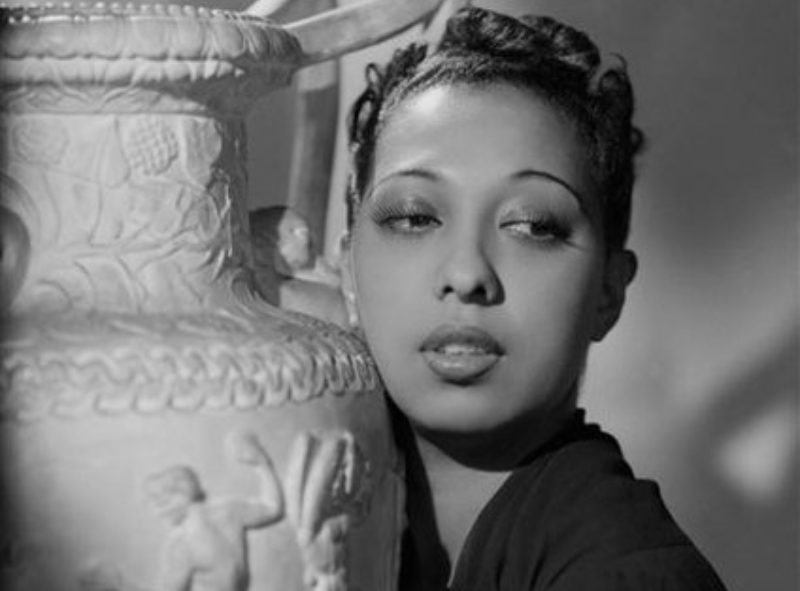 Studio Harcourt, Wikimedia Commons
Studio Harcourt, Wikimedia Commons
108. Drowning in Praise
In 1975, Baker suffered a cerebral hemorrhage in her hotel. She was surrounded by rave reviews of her performance from just four days earlier—the “Joséphine à Bobino 1975,” which celebrated her 50-year career.
Sources: 1, 2, 3, 4, 5, 6, 7, 8, 9, 10, 11, 12, 13, 14, 15, 16, 17, 18, 19, 20, 21, 22, 23, 24, 25, 26, 27, 28, 29, 30, 31, 32, 33, 34, 35, 36, 37, 38, 39, 40, 41, 42, 43, 44, 45, 4, 46, , 48, 49, 50, 51, 52, 53, 54, 55, 56, 57, 58, 59, 60, 61, 62, 63, 64, 65, 66, 67, 68, 5, 69, 70, 71, 72, 73, 74, 75, 76, 77, 78, 79, 80, 81, 82, 83, 84, 85, 86, 87, 88, 89, 90, 91, 92, 93, 94, 95, 96, 97, 98, 99, 100, 101, 102, 103, 104, 105, 106, 107, 108, 109, 110, 111, 112, 113, 114, 115, 116, 117, 118, 119, 120, 121, 122, 123, 124, 125, 126, 127, 128, 129, 130, 131, 132, 133, 8, 134, 135, 136, 137, 138, 139, 140, 141, 142, 143

